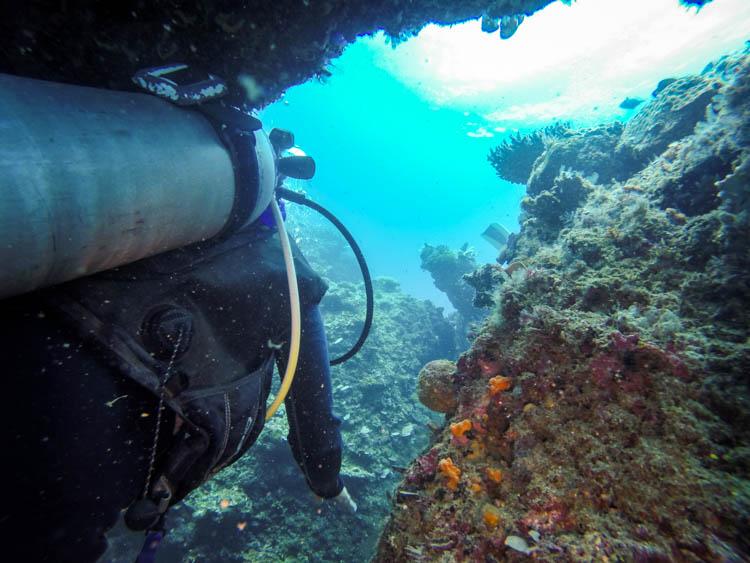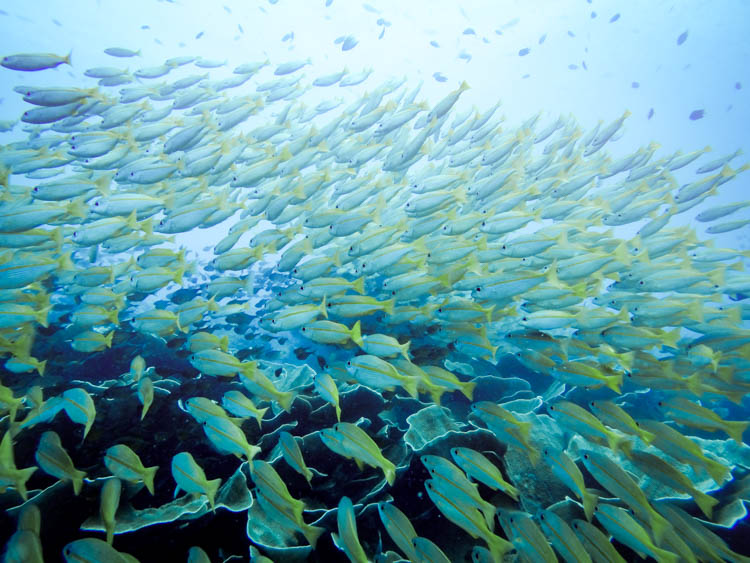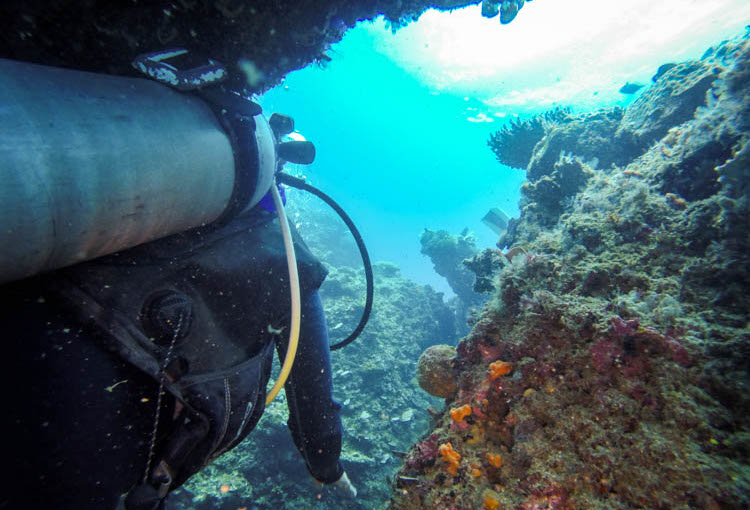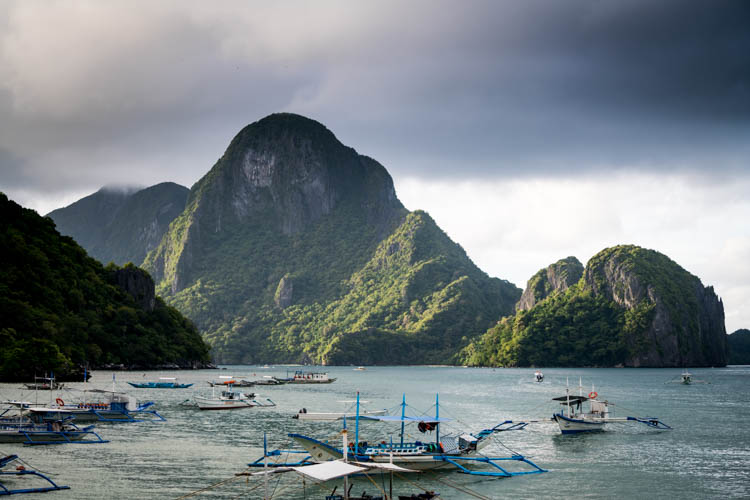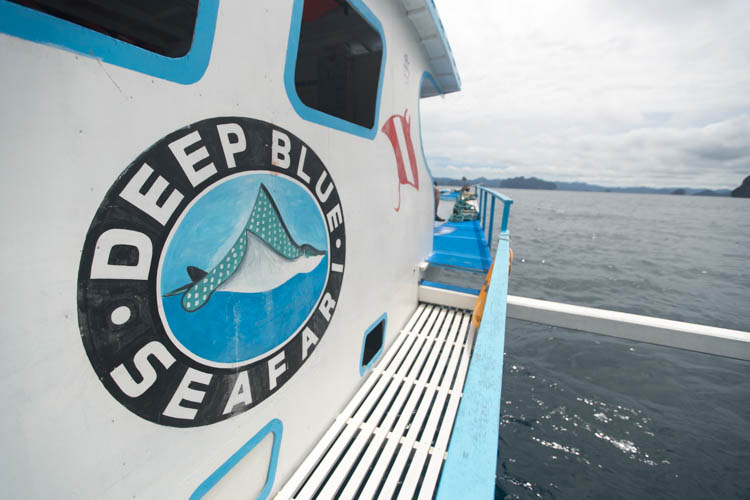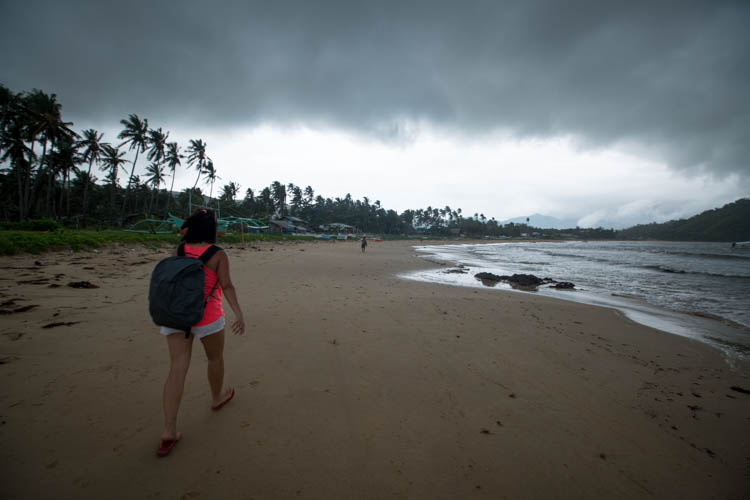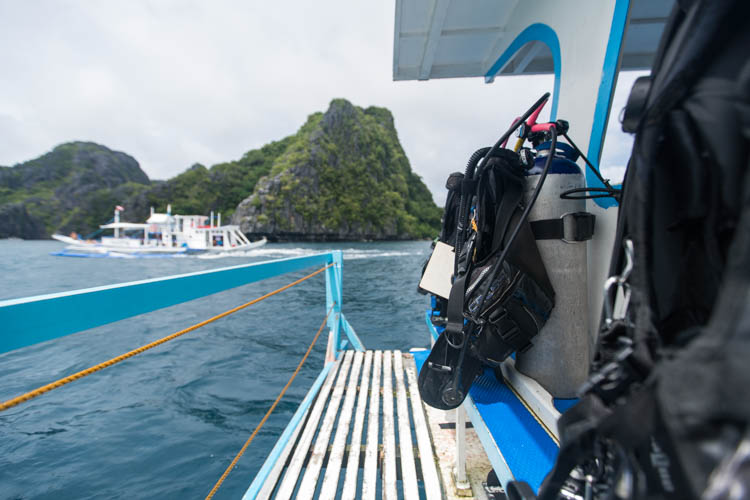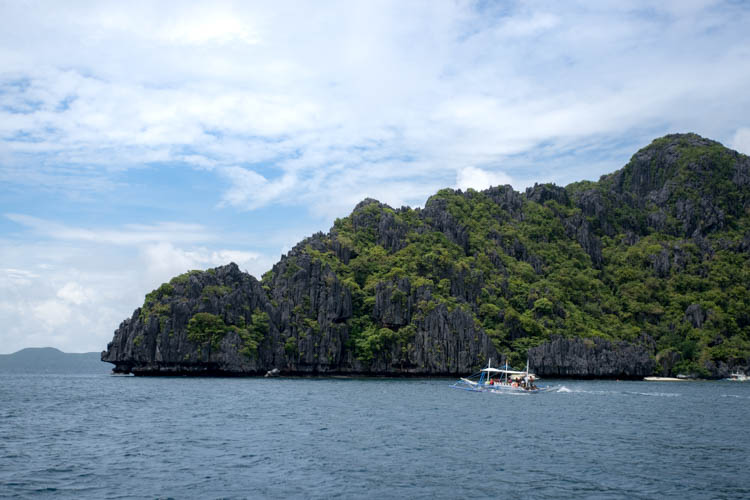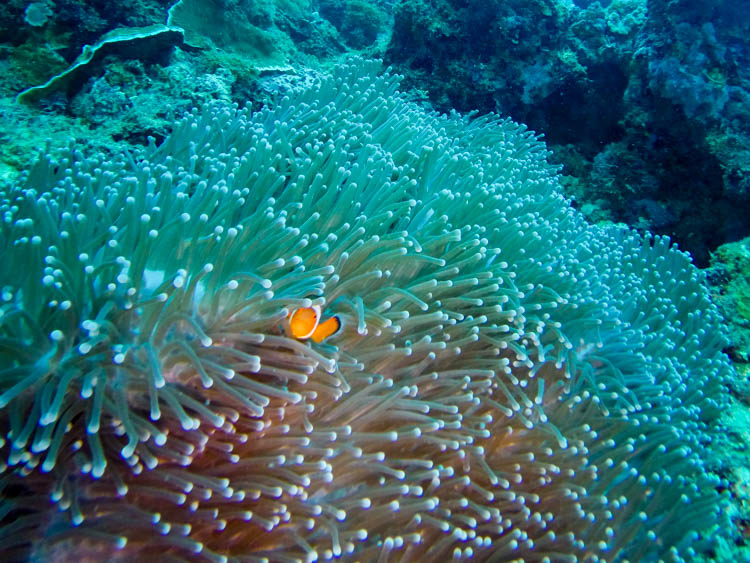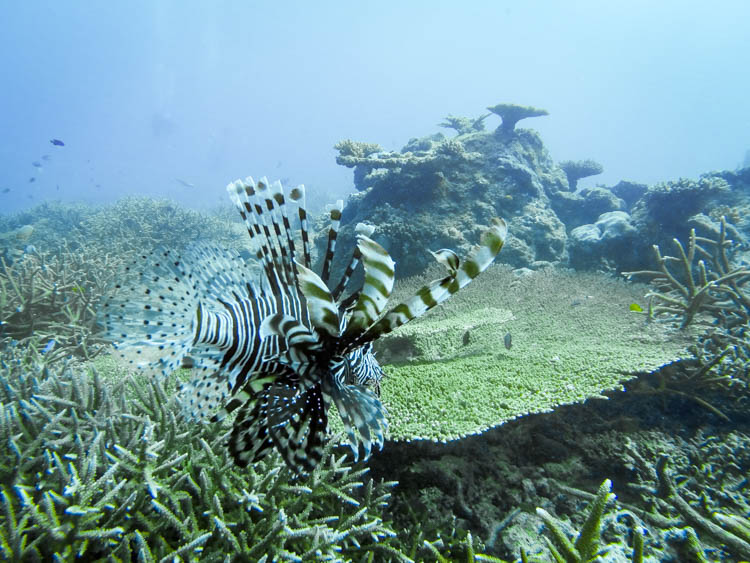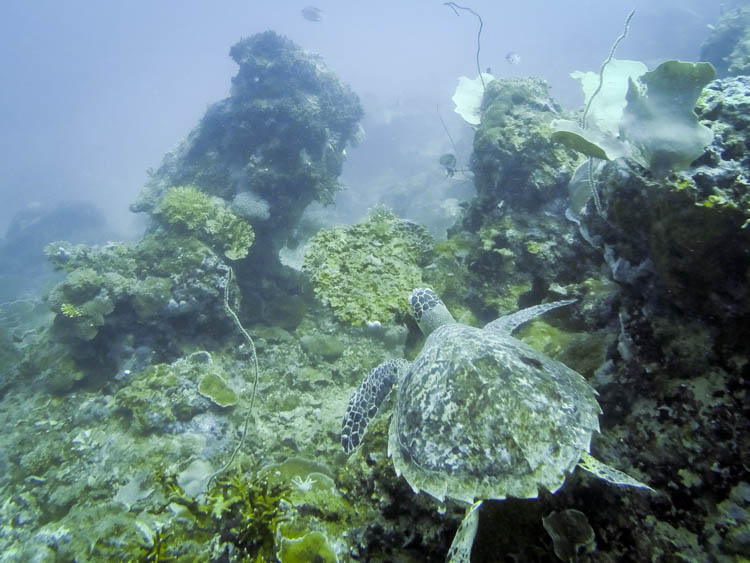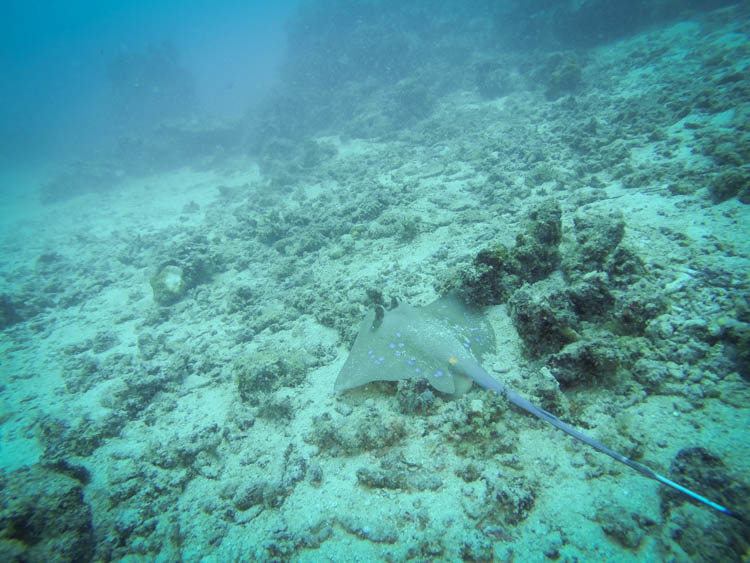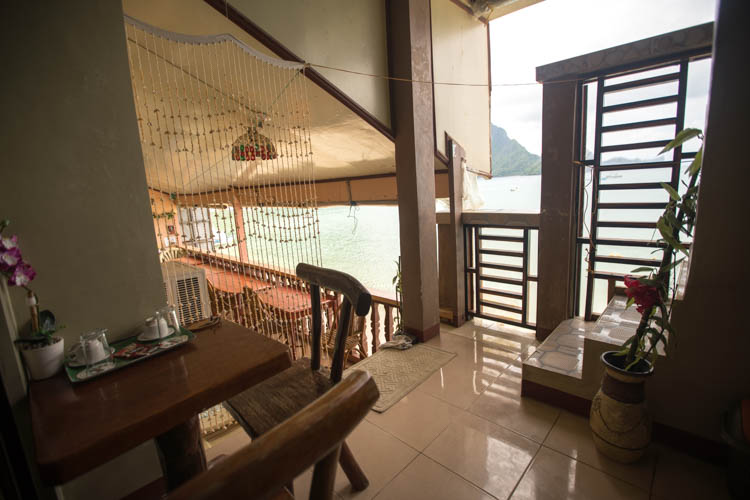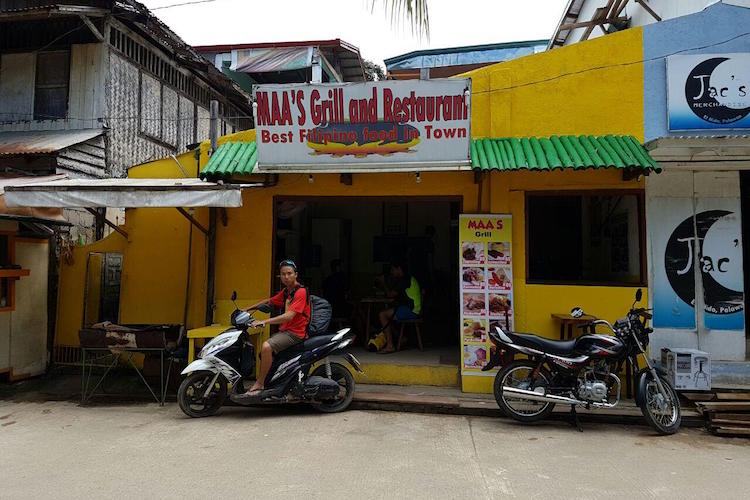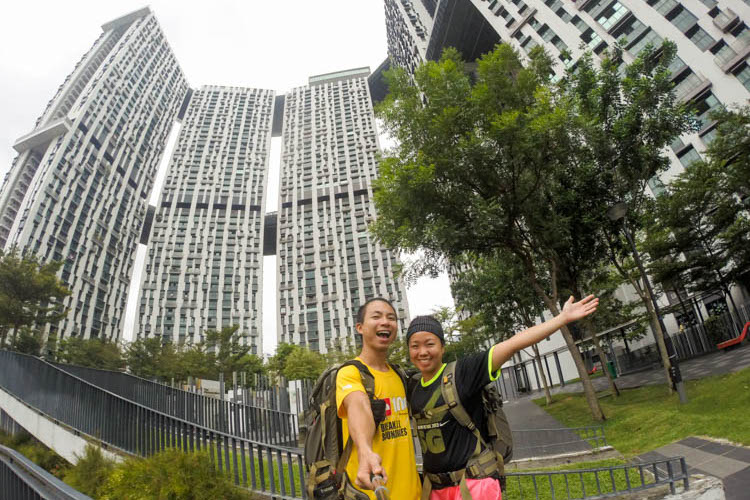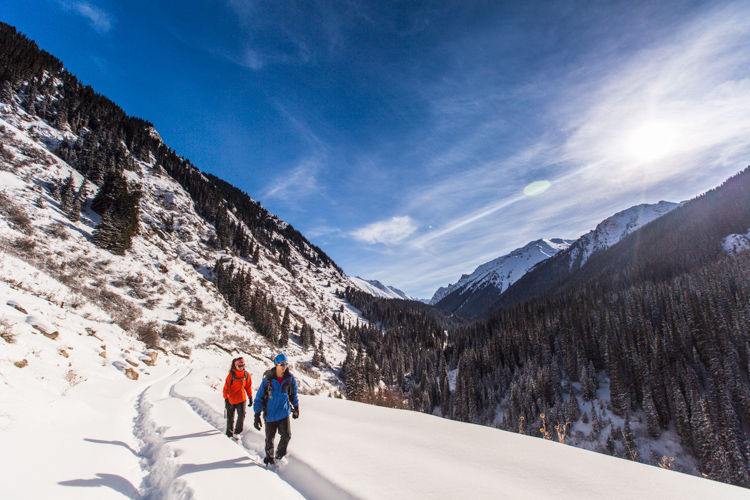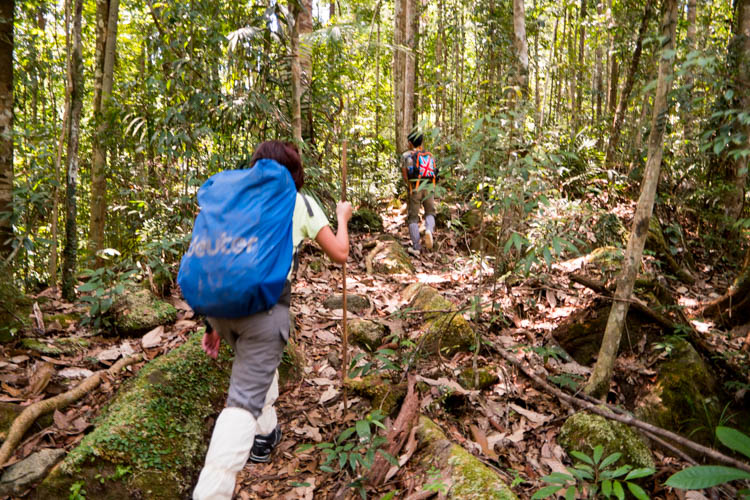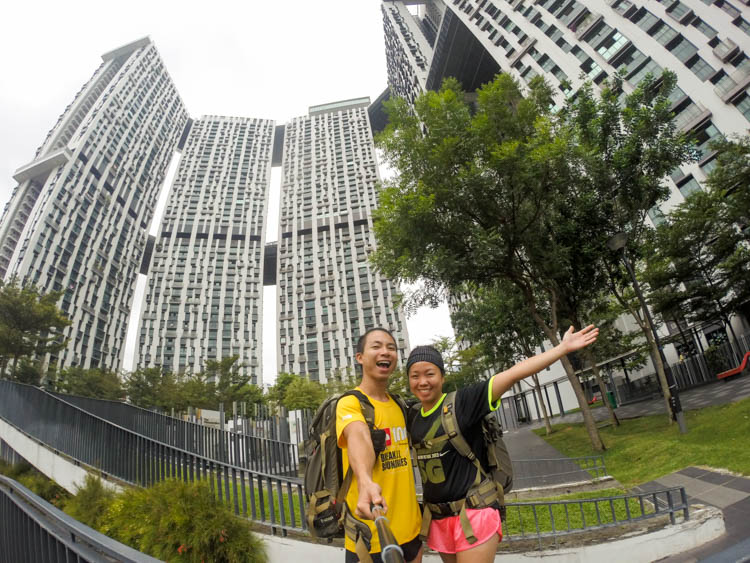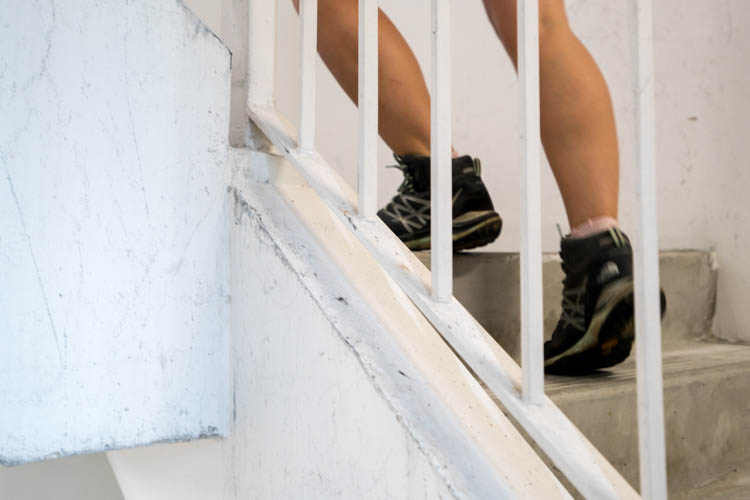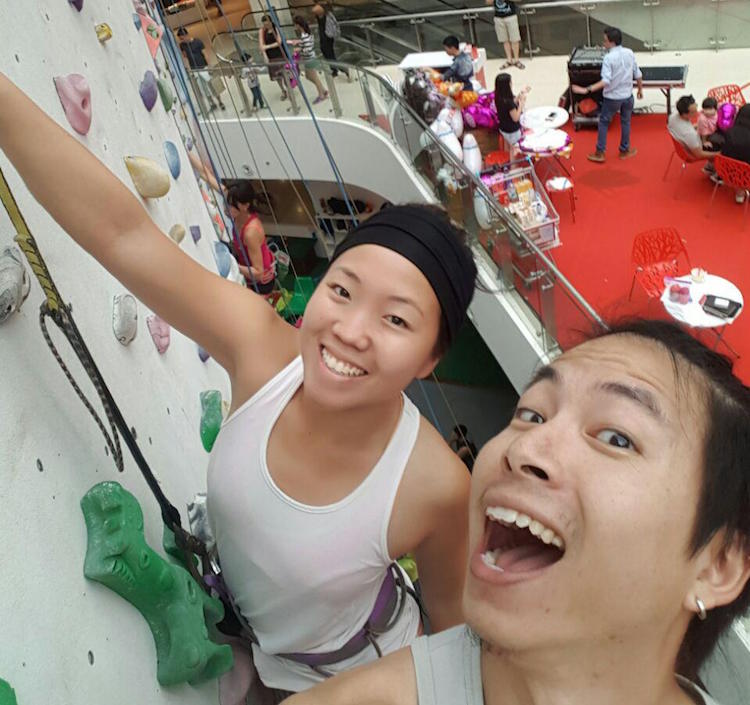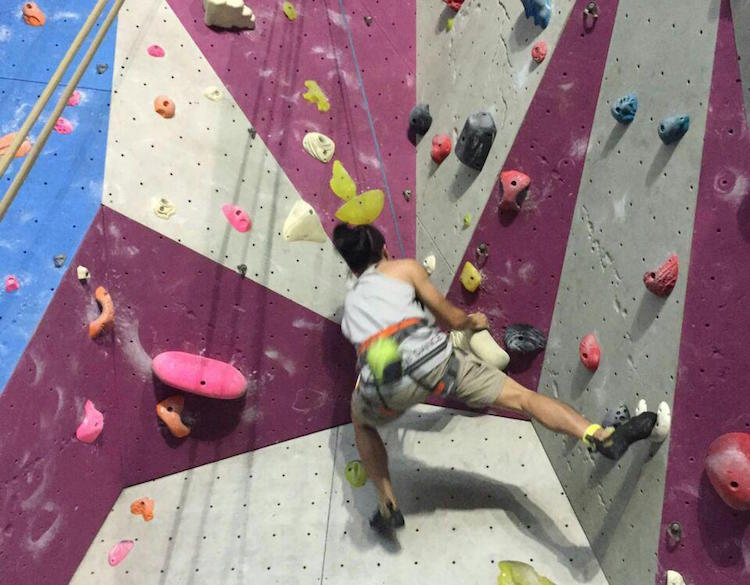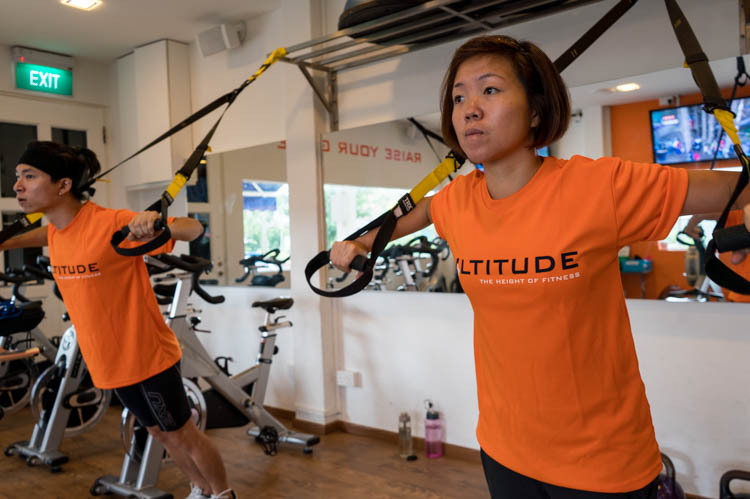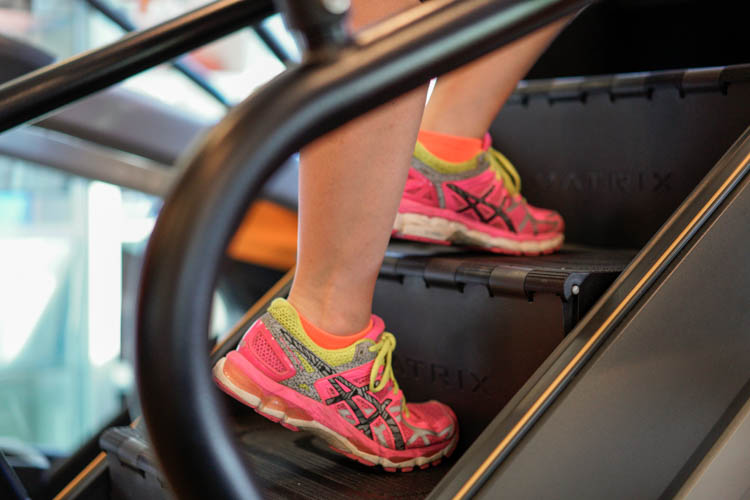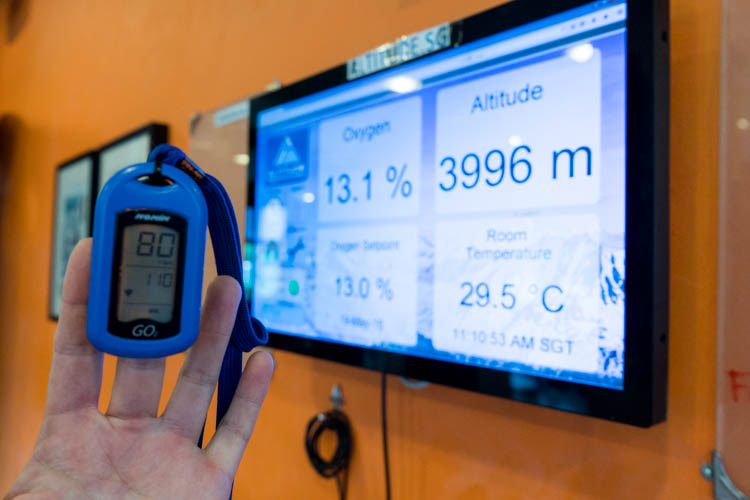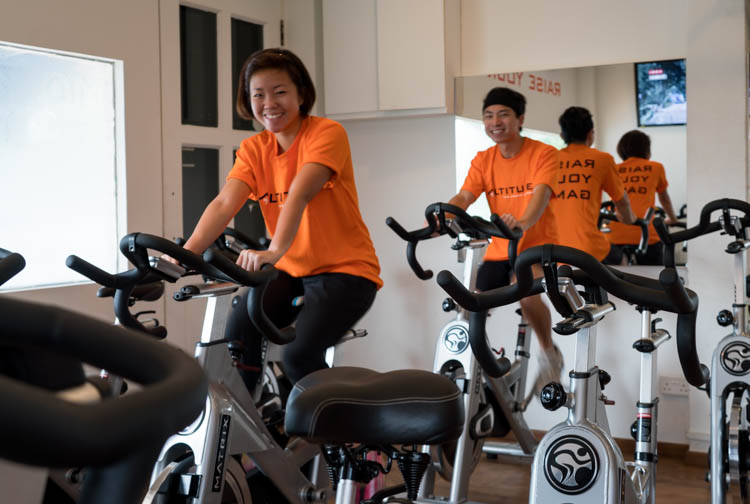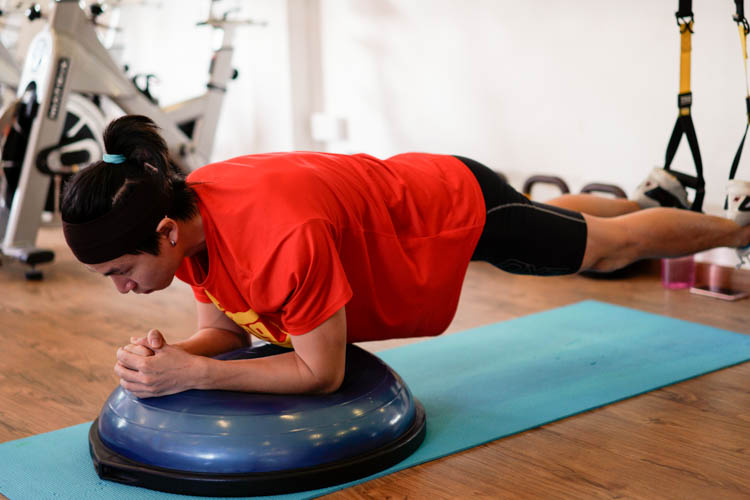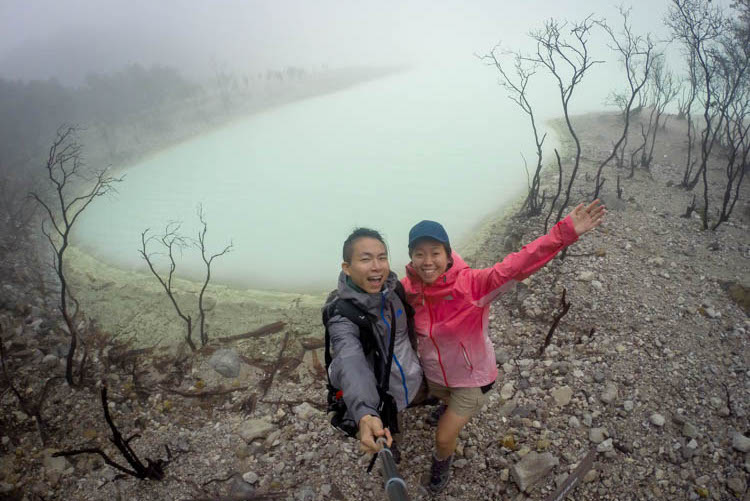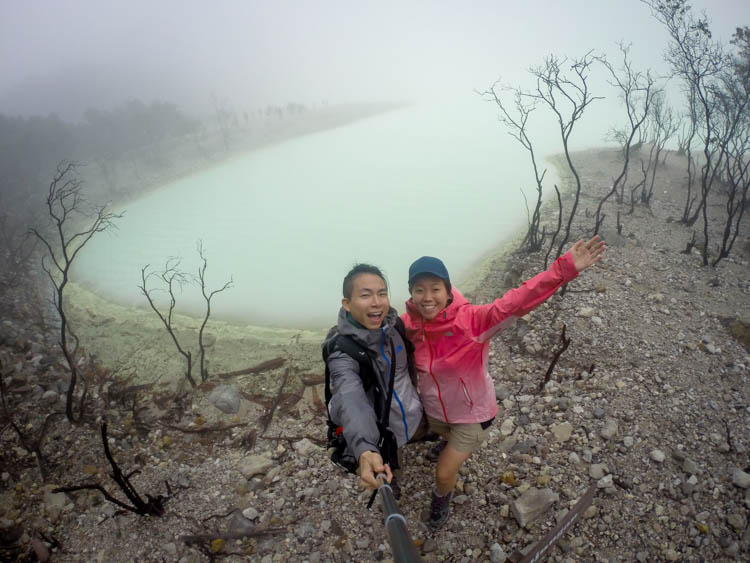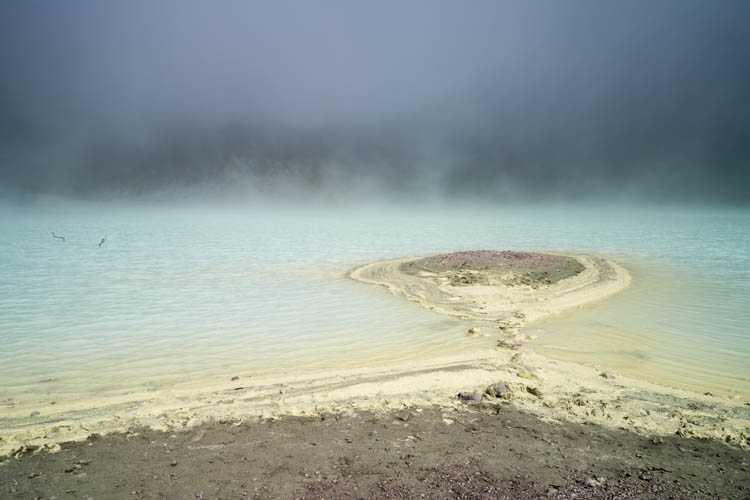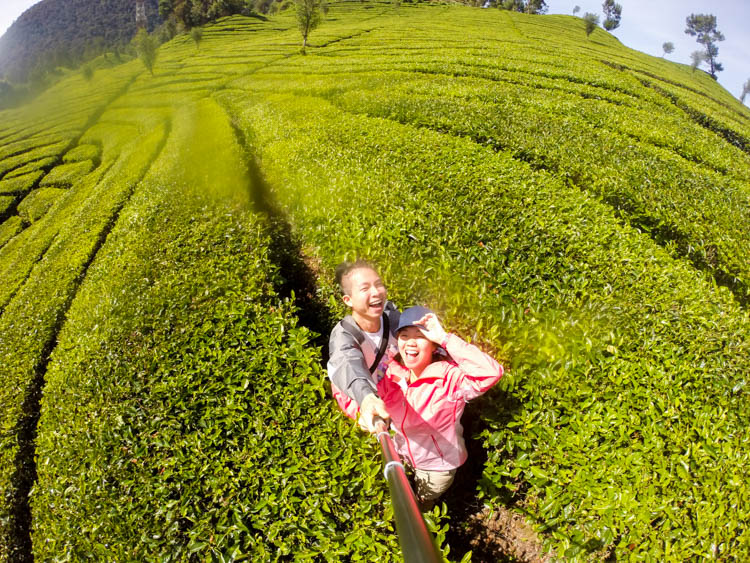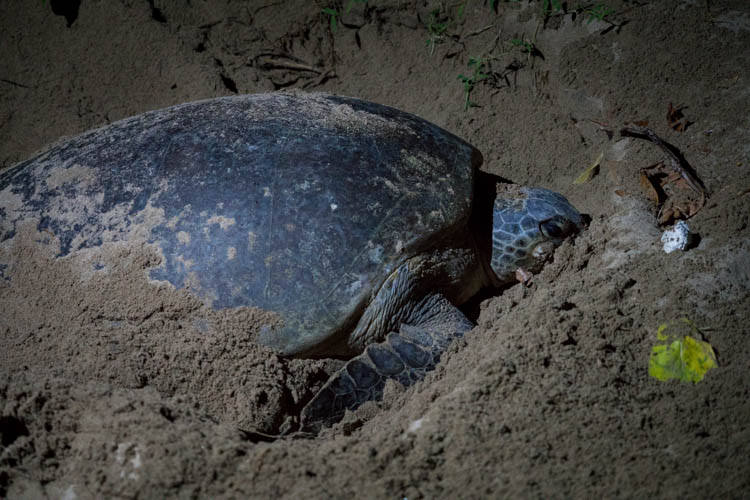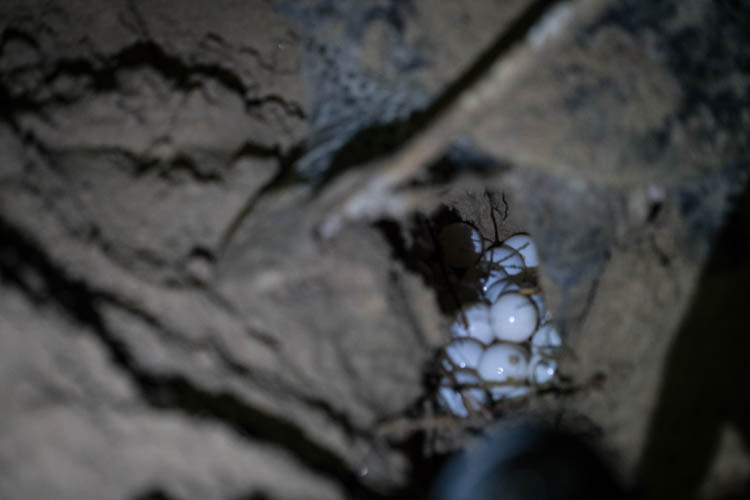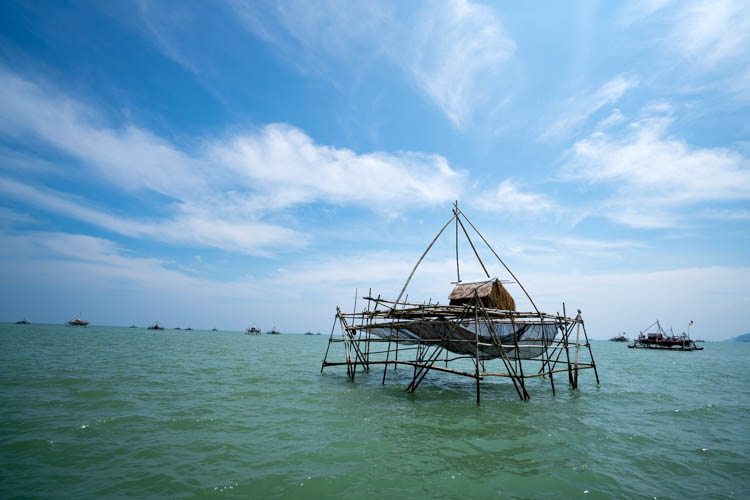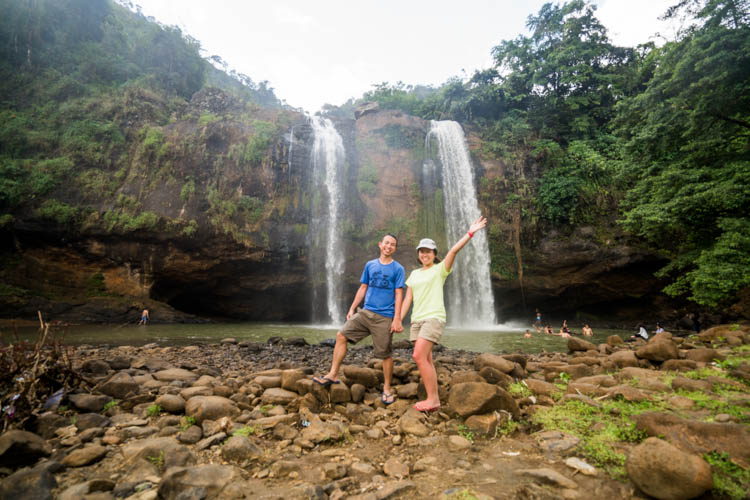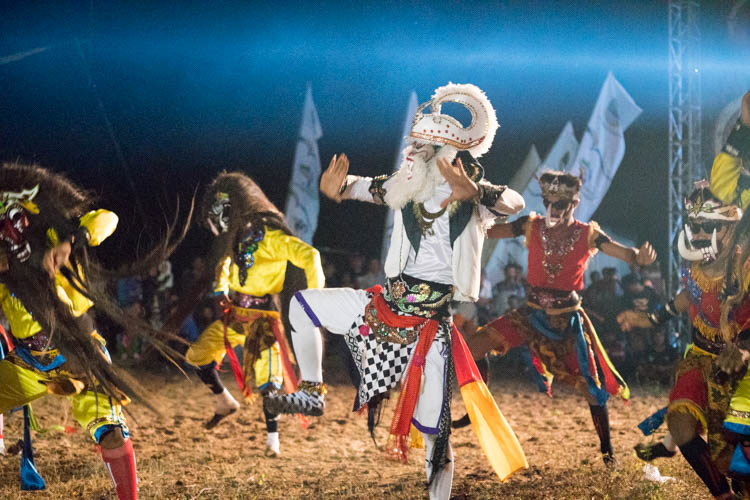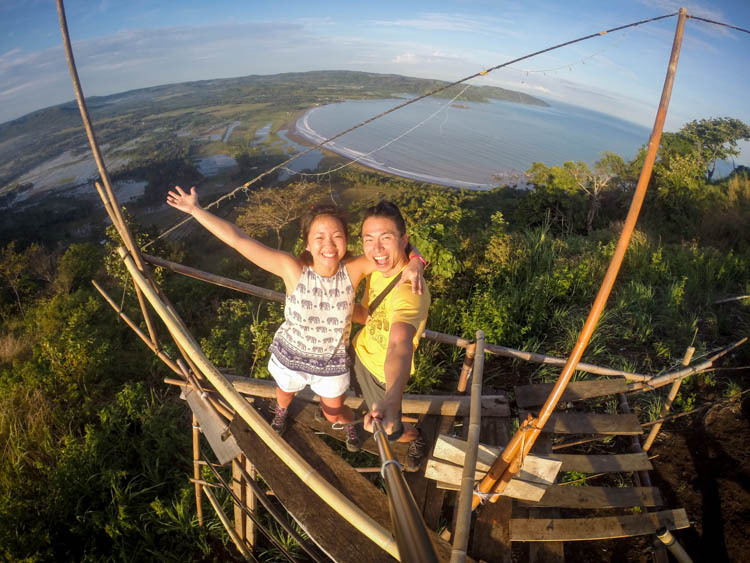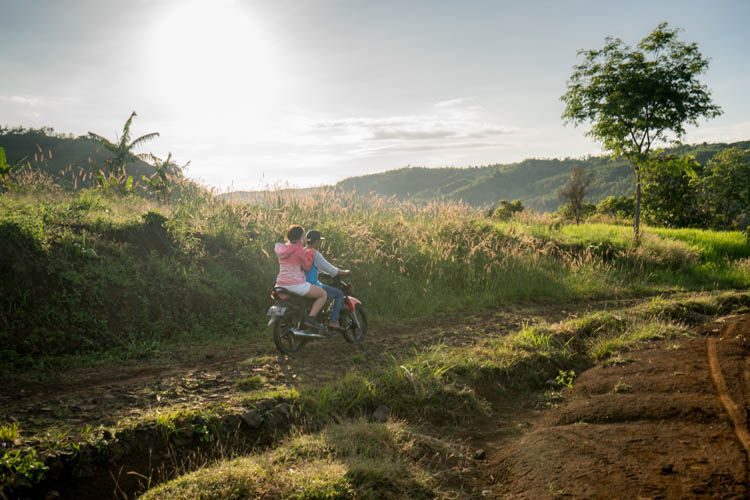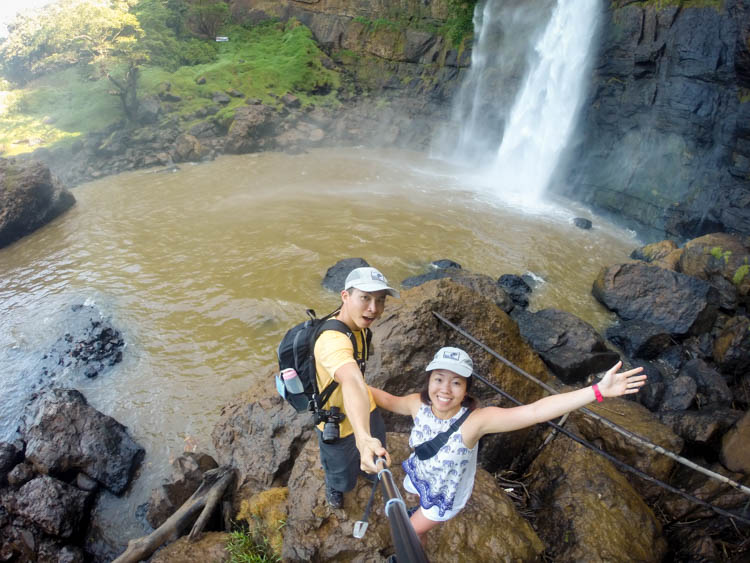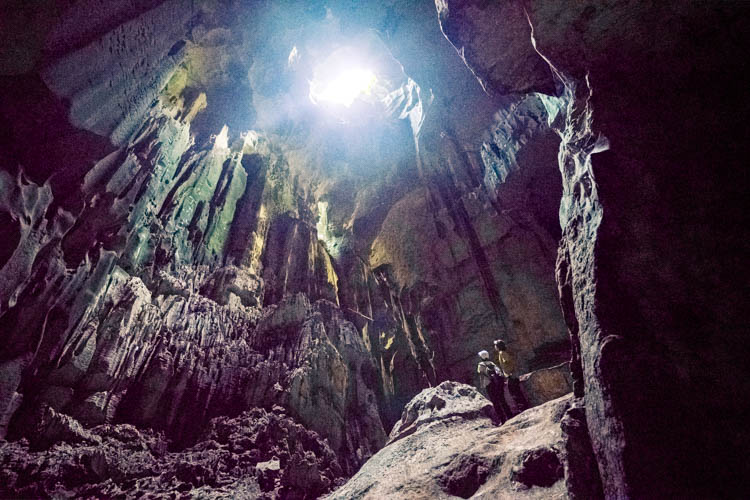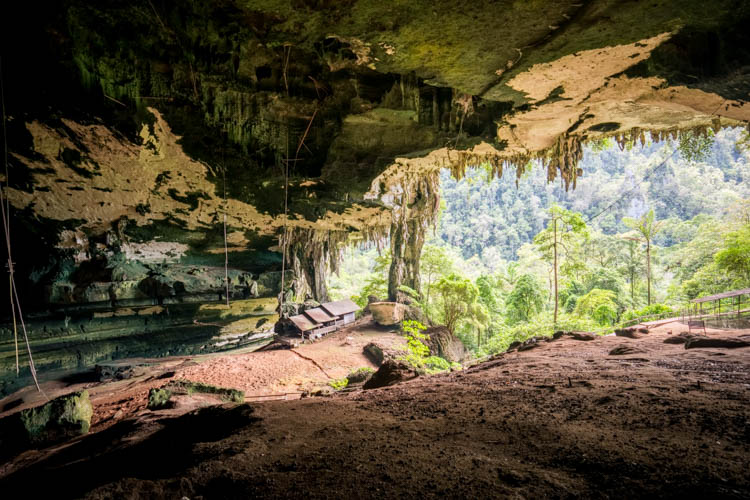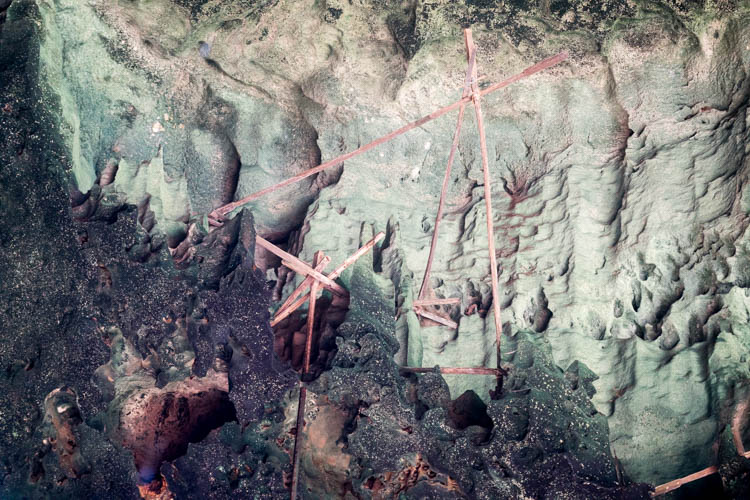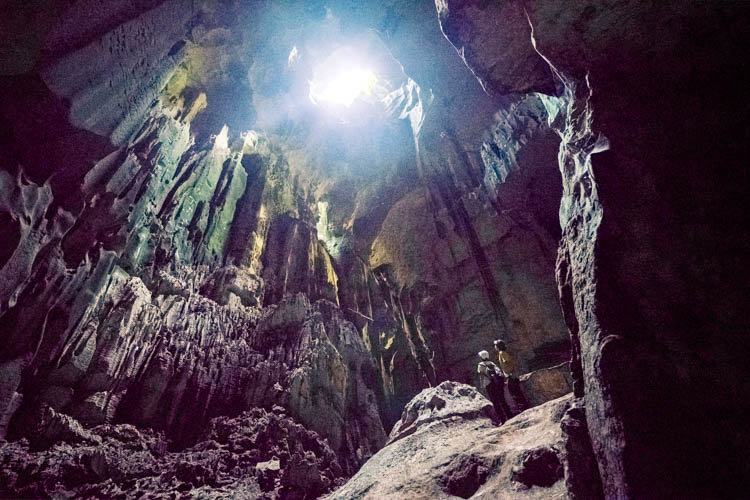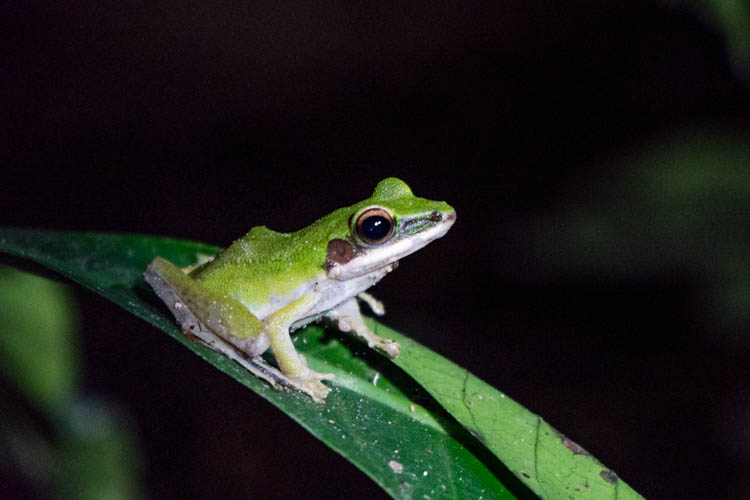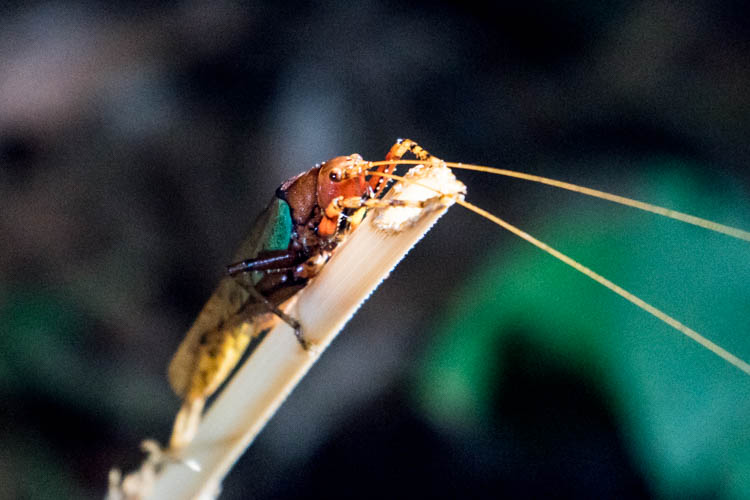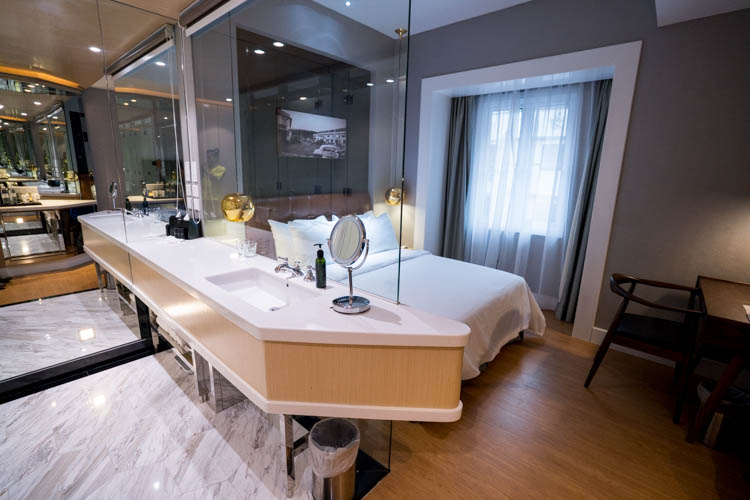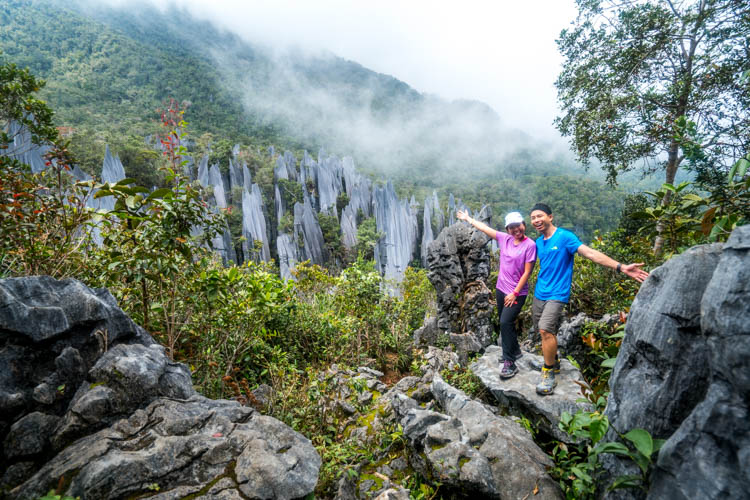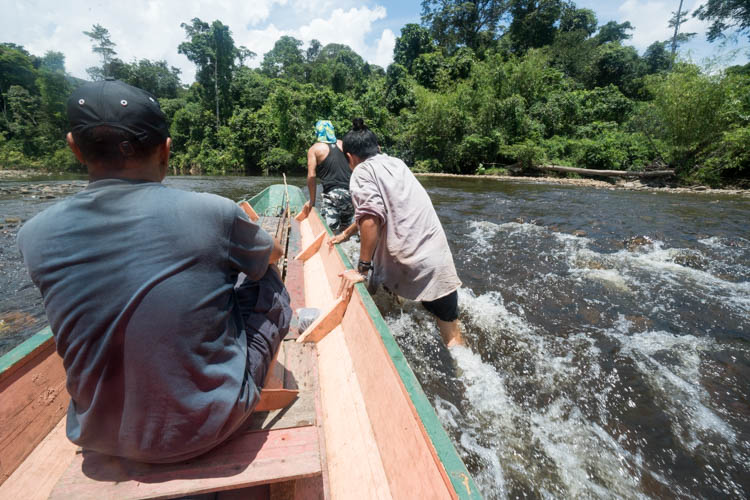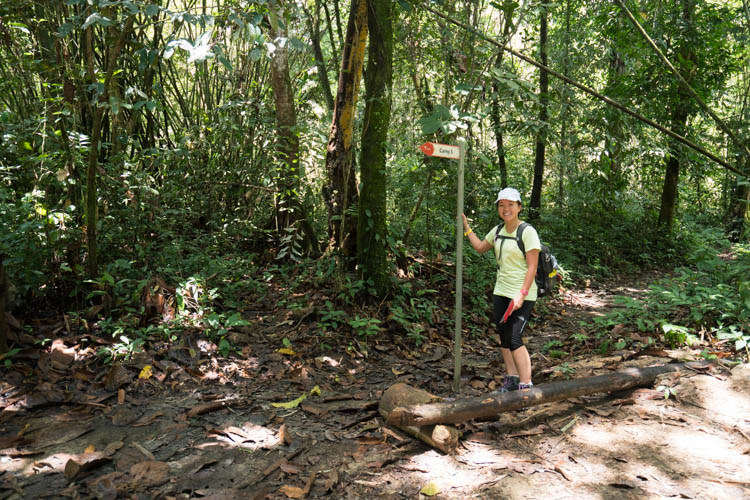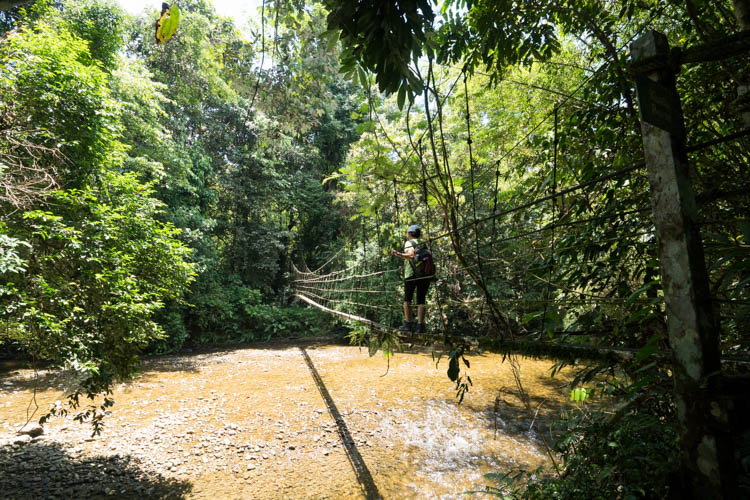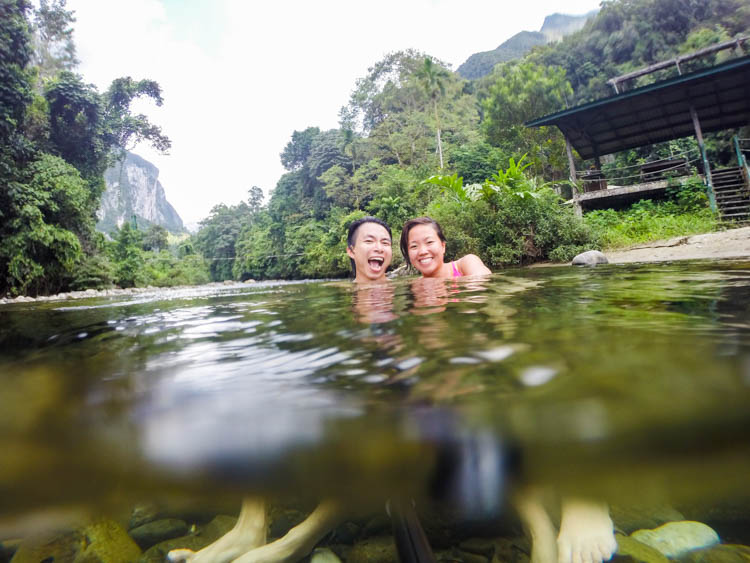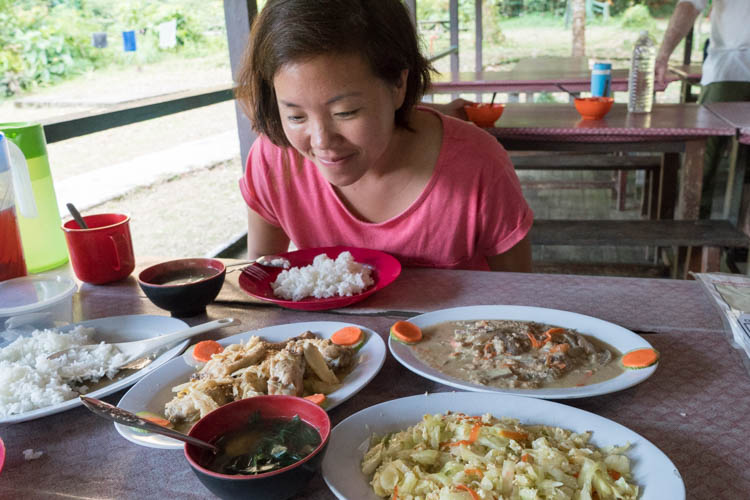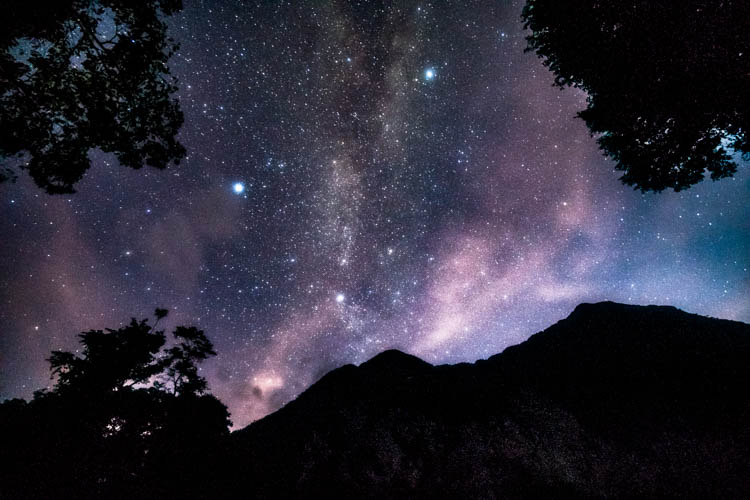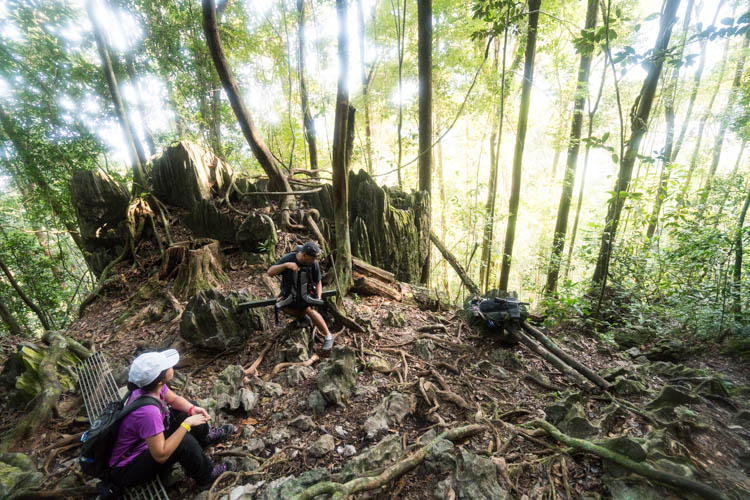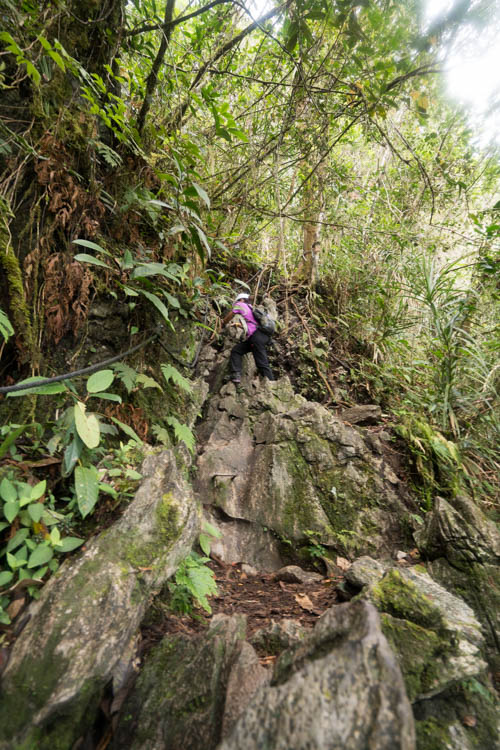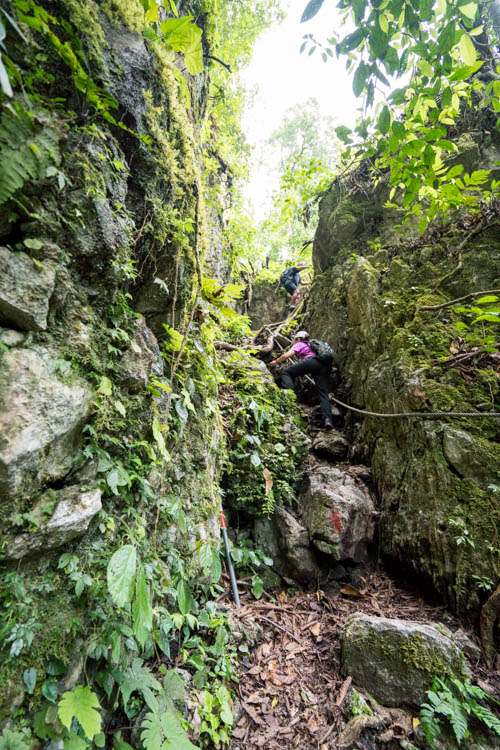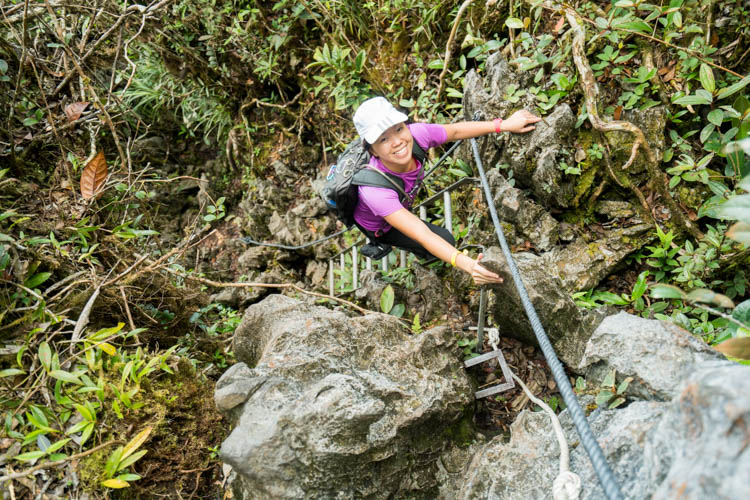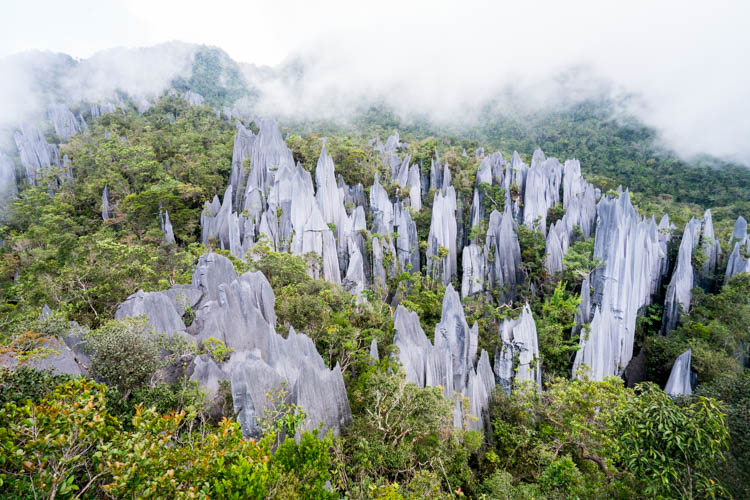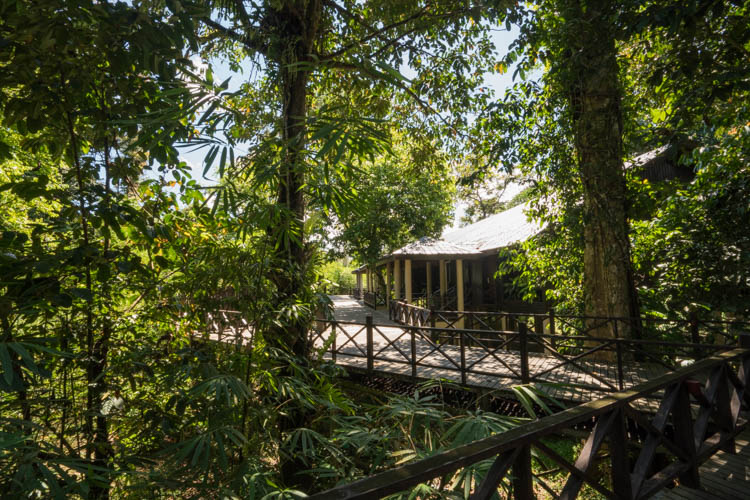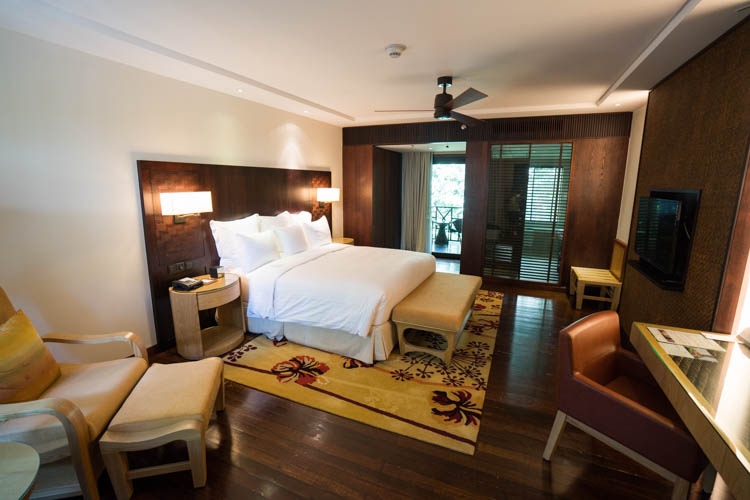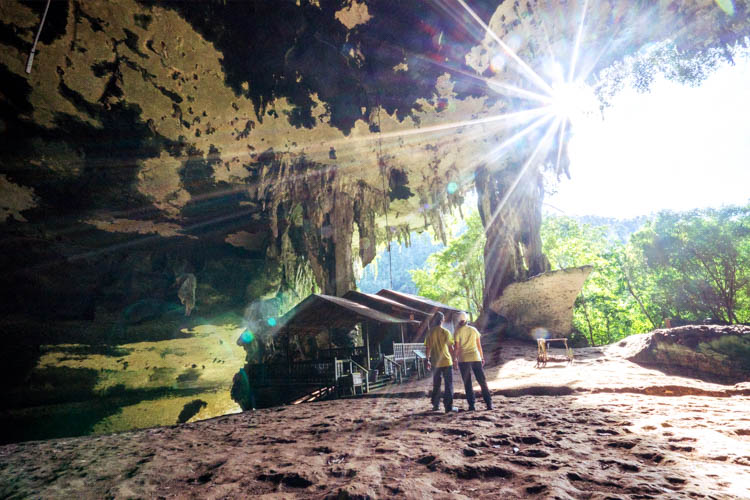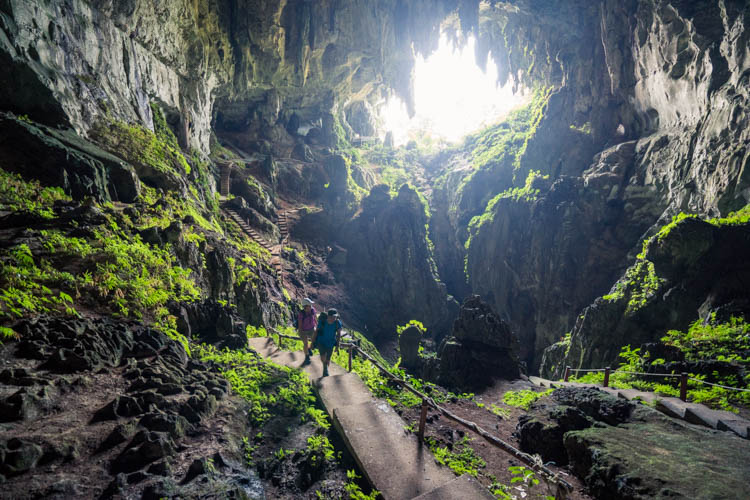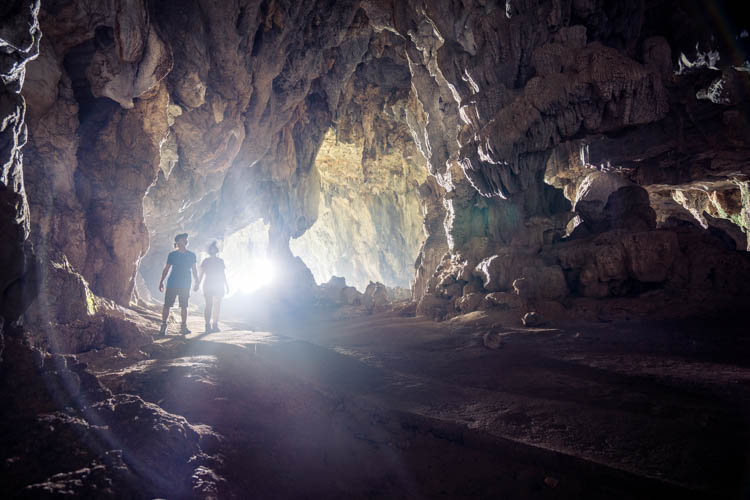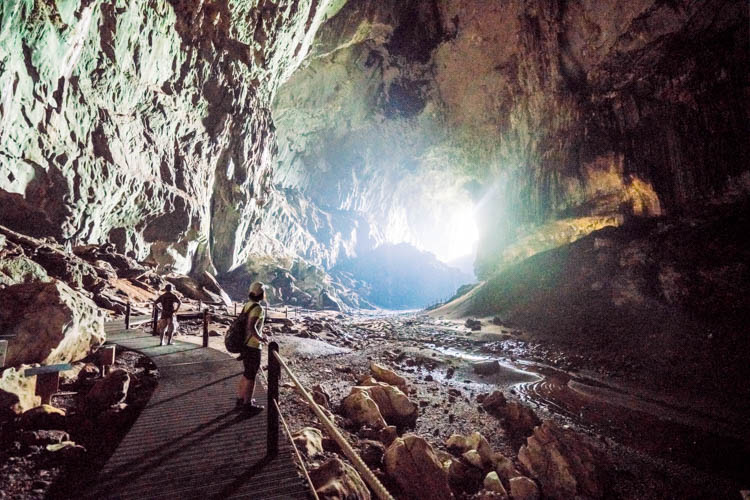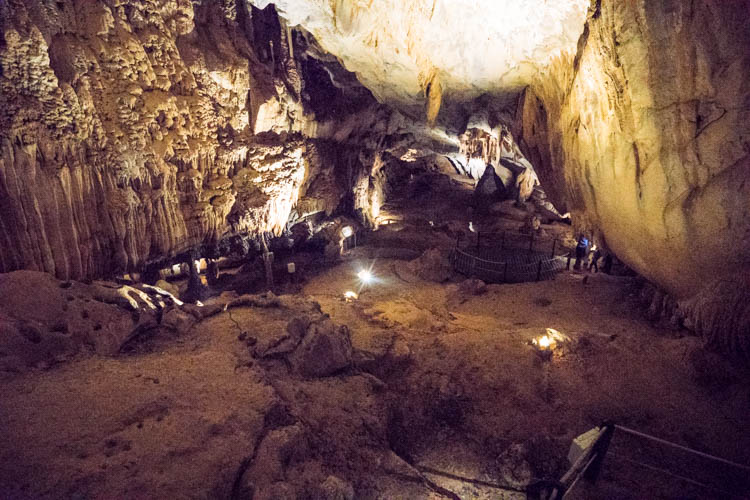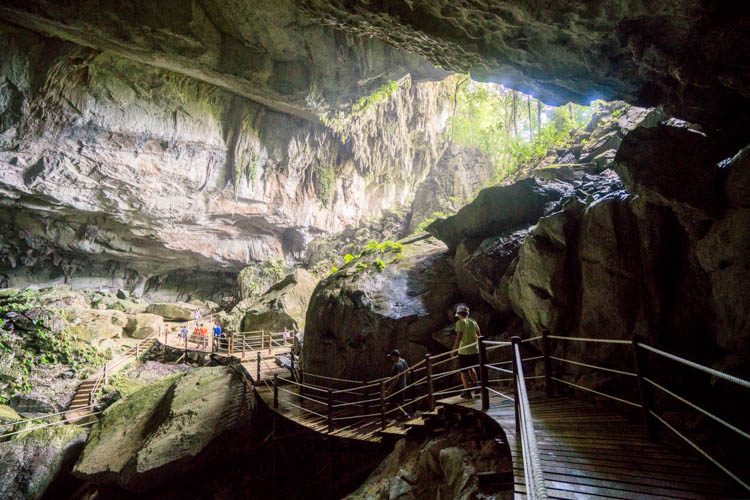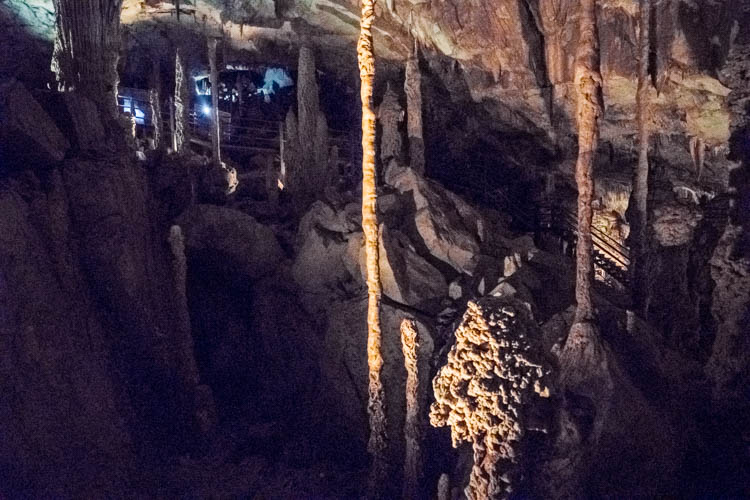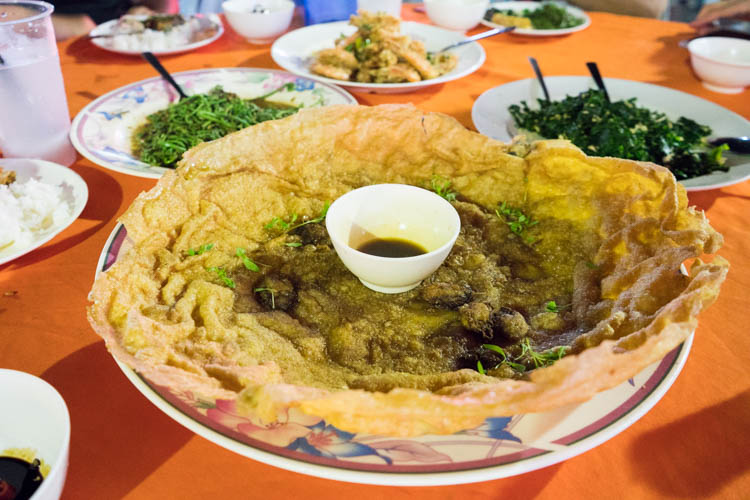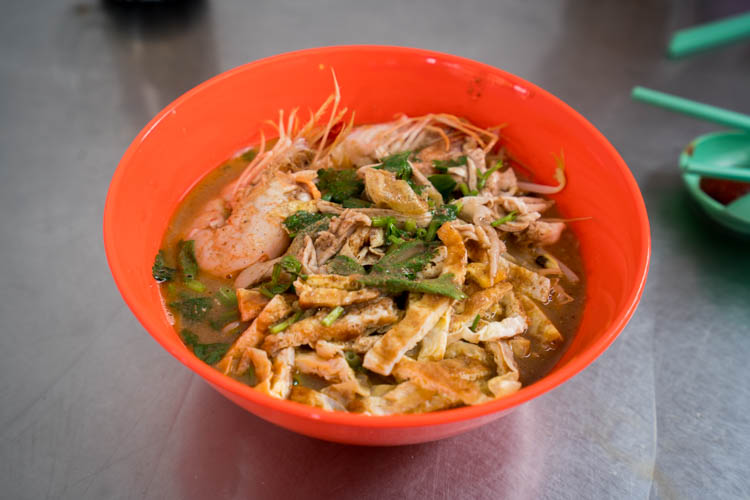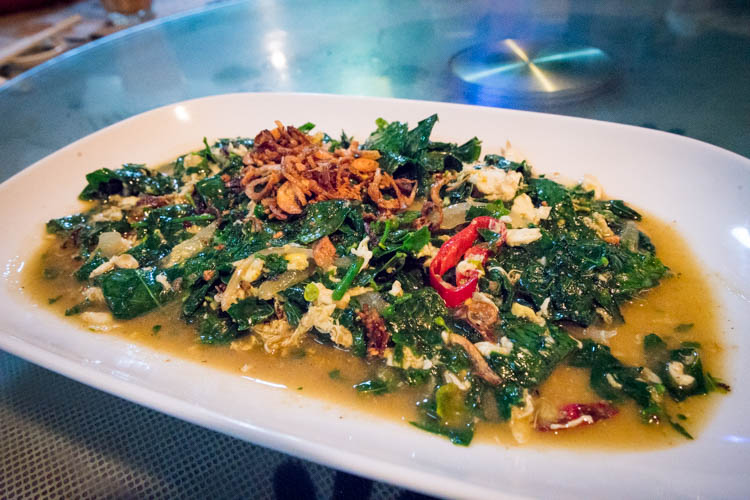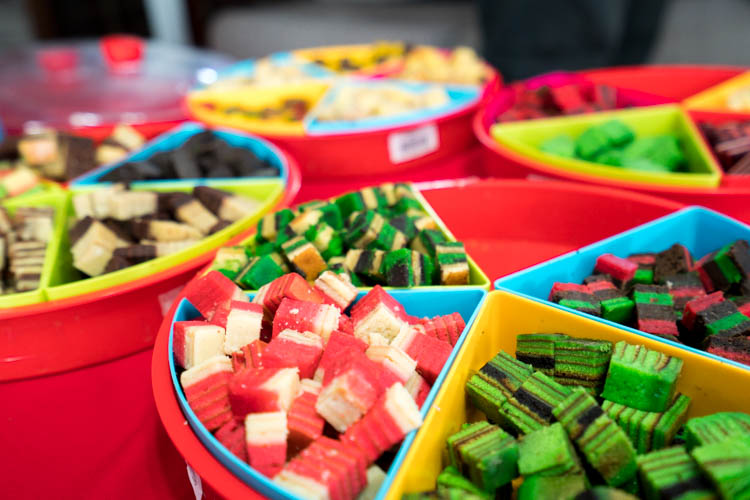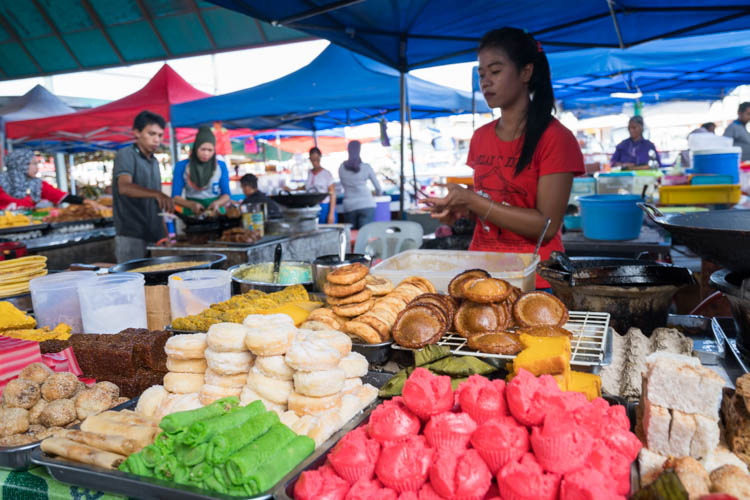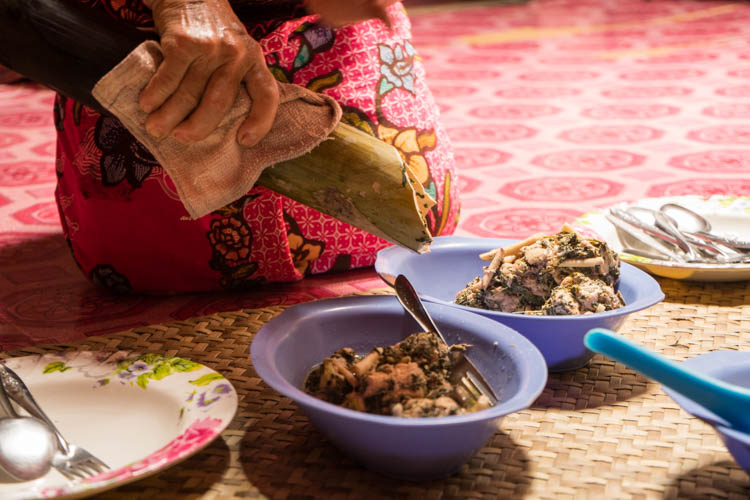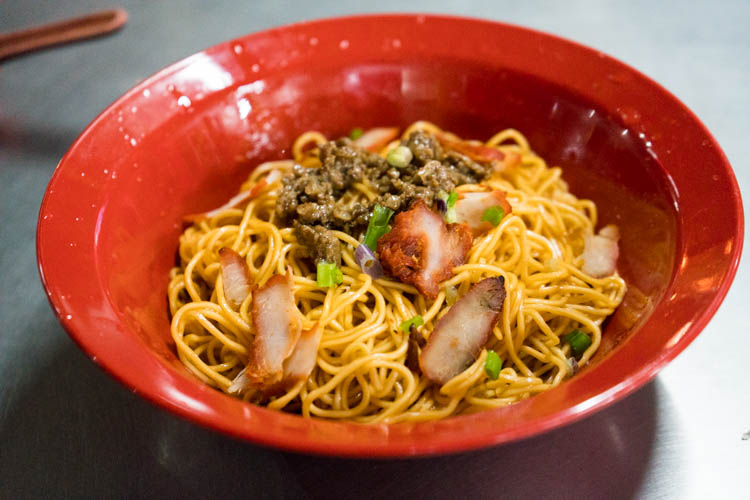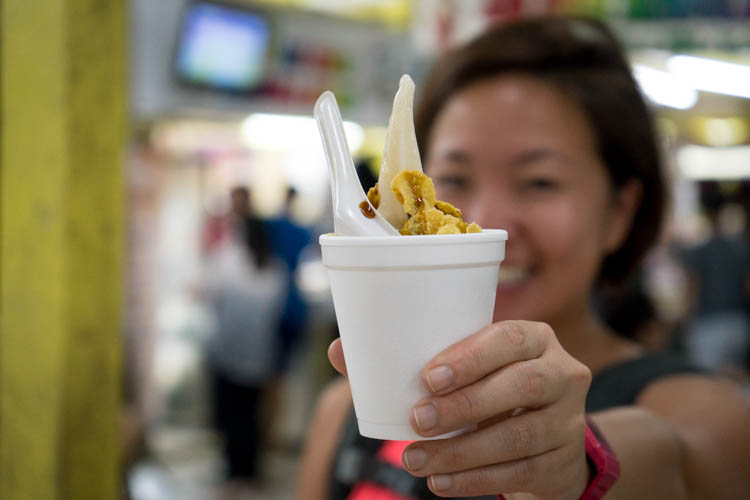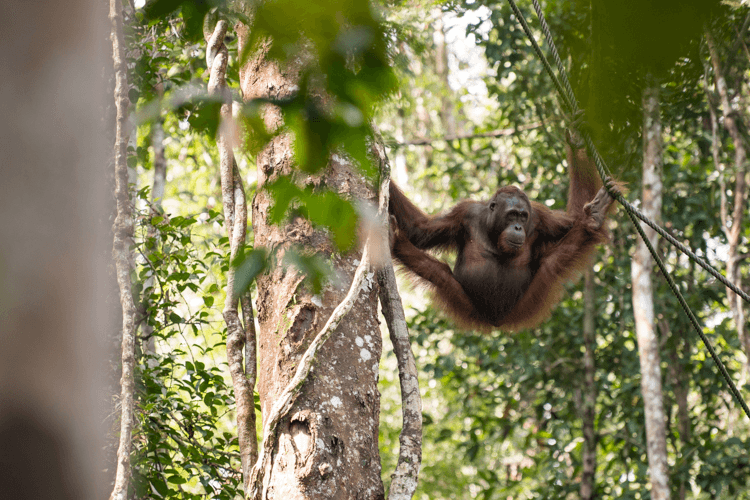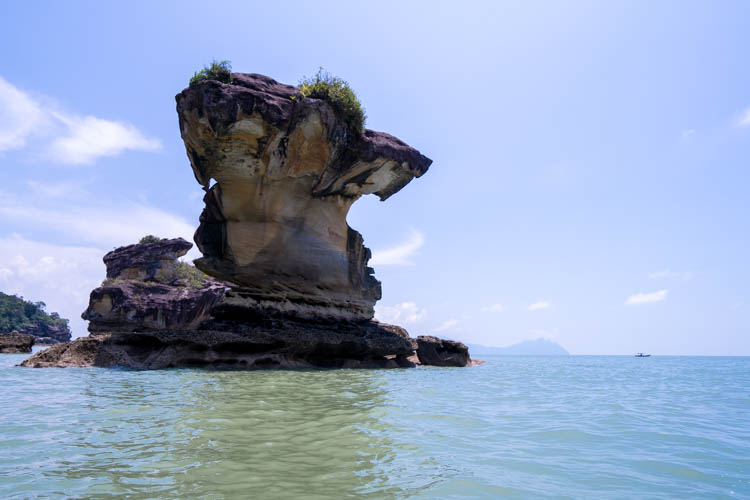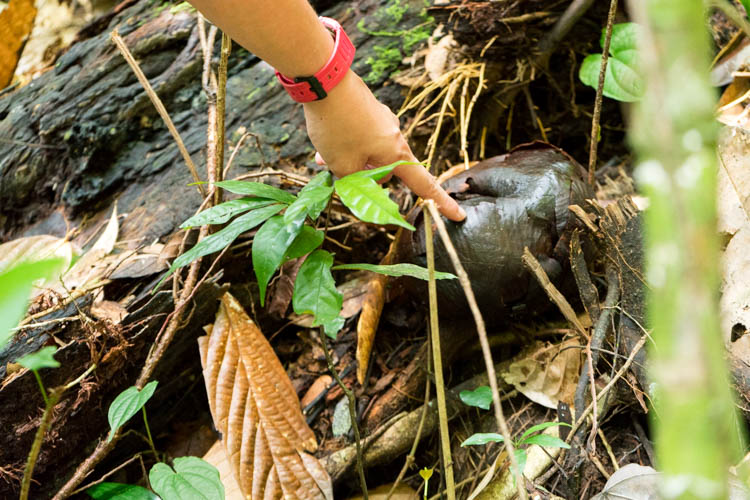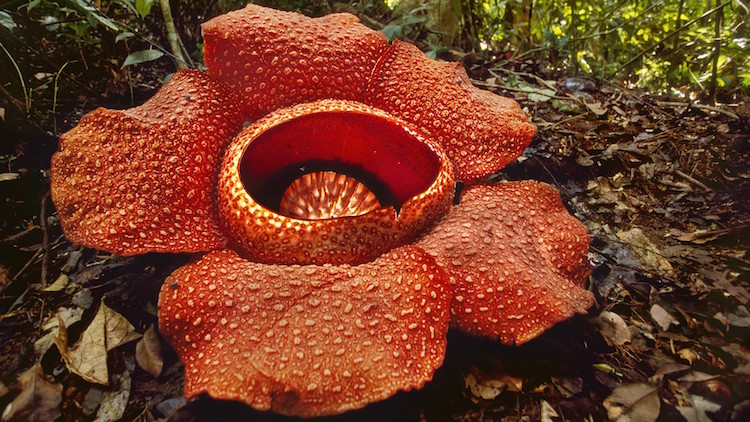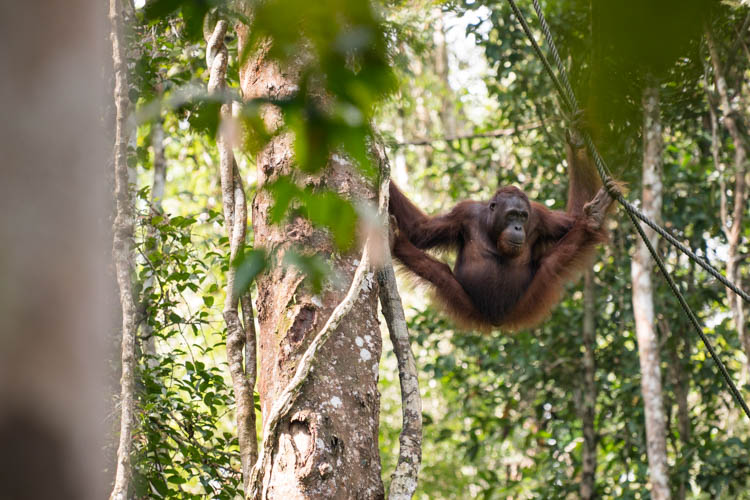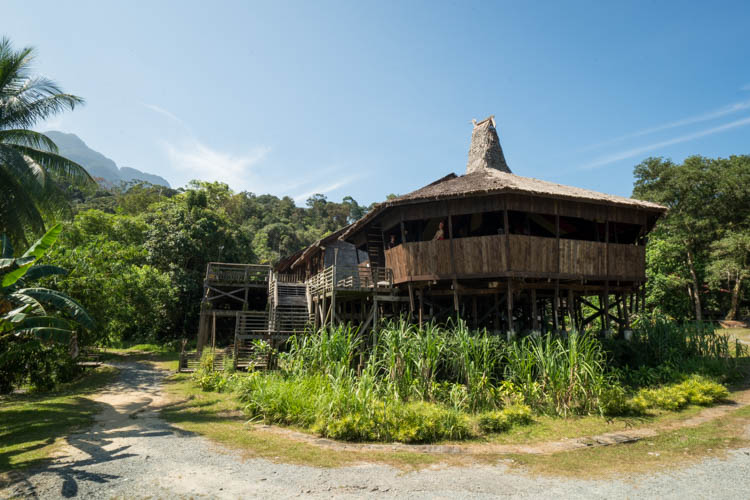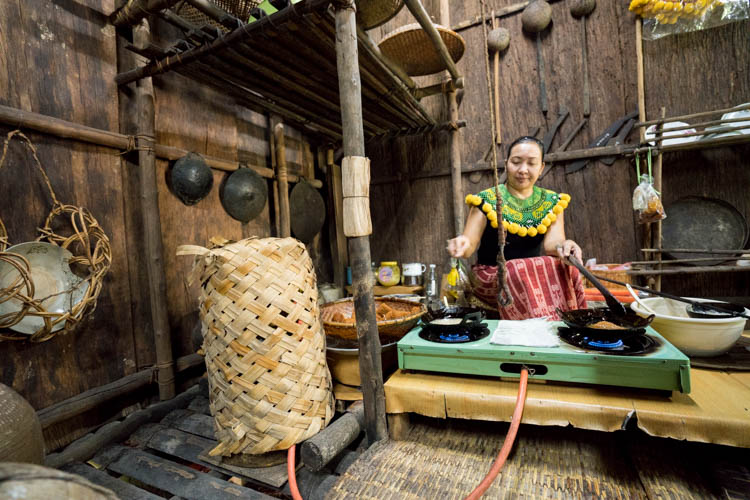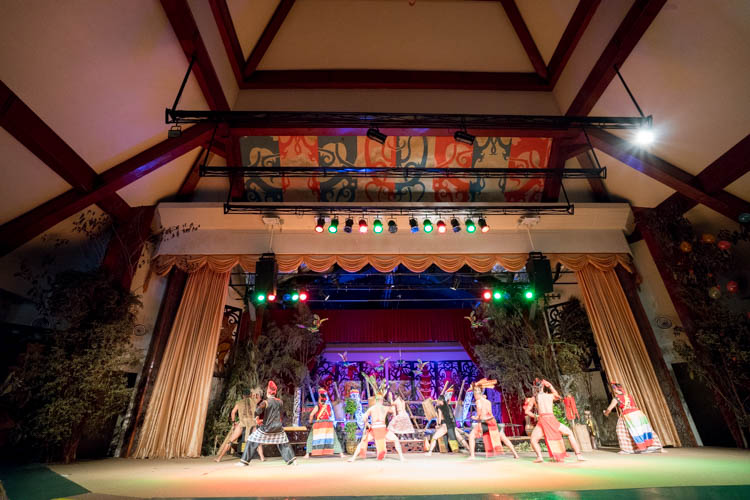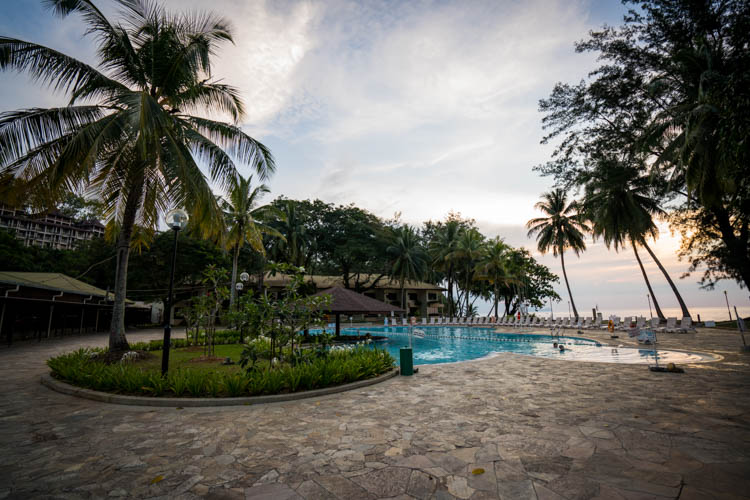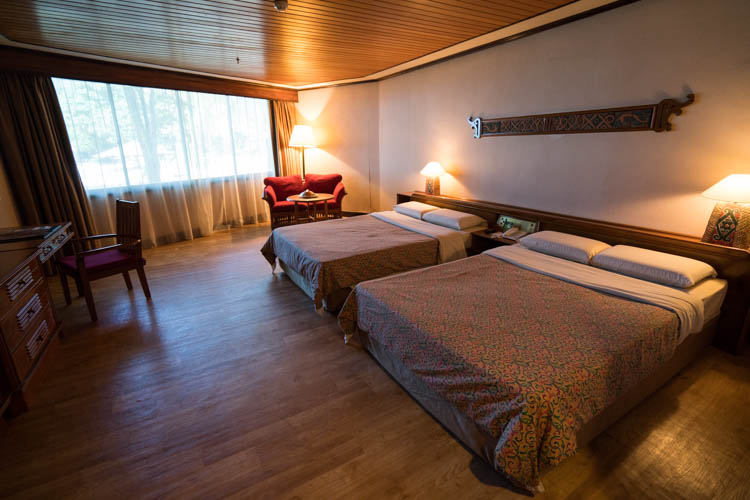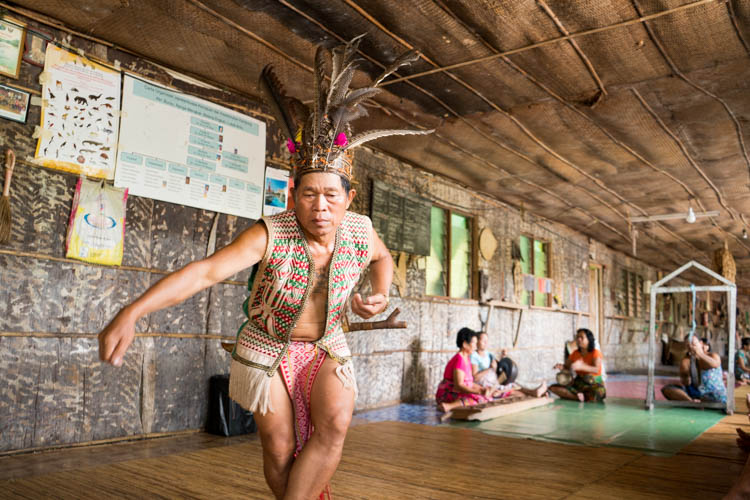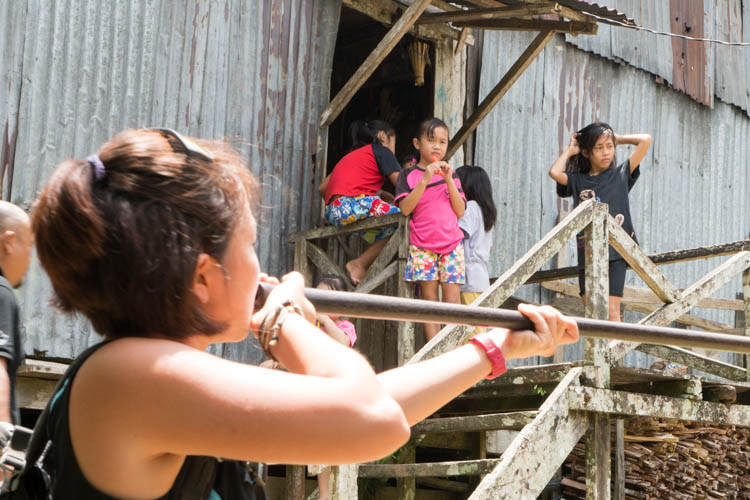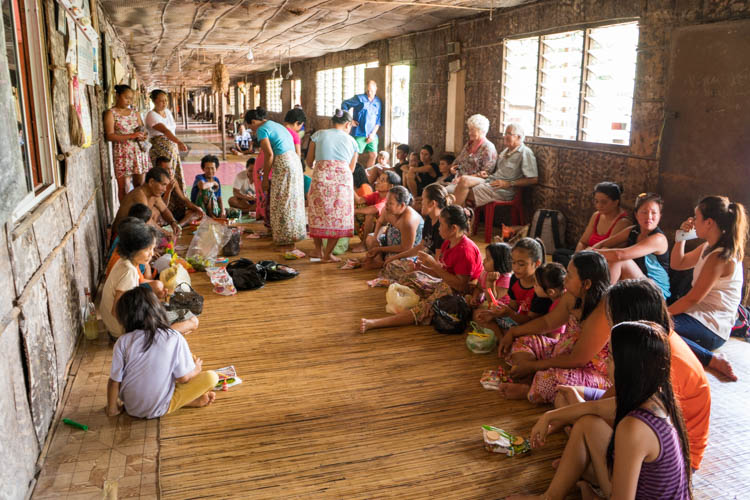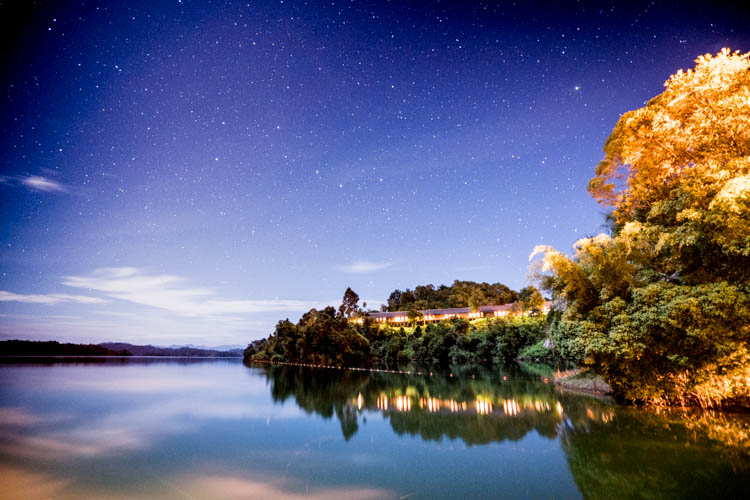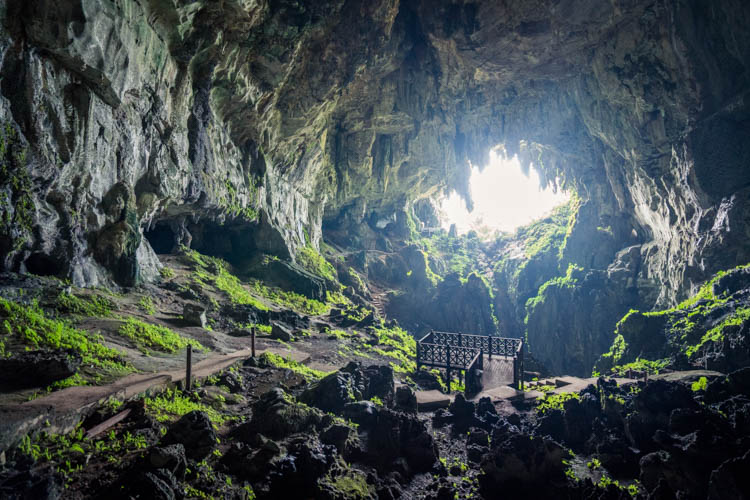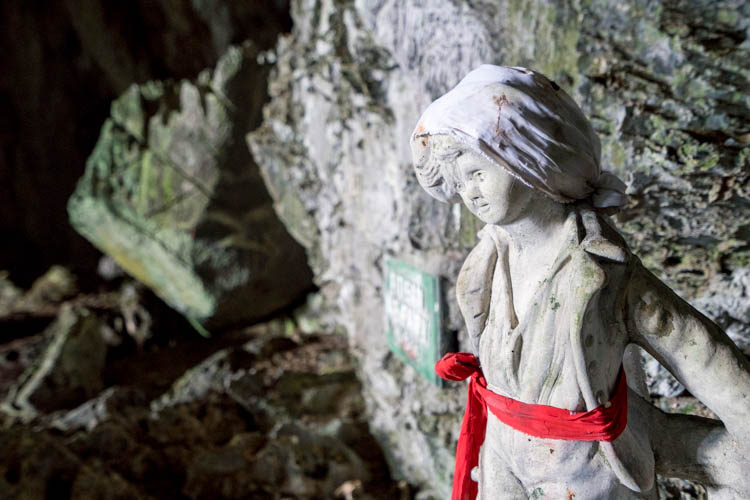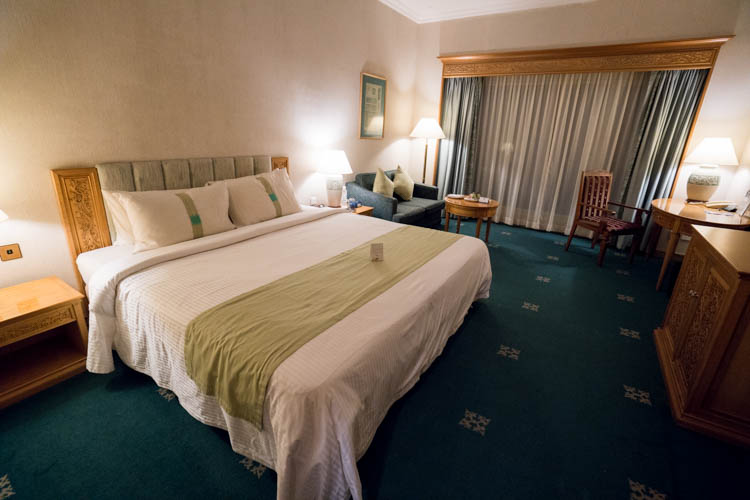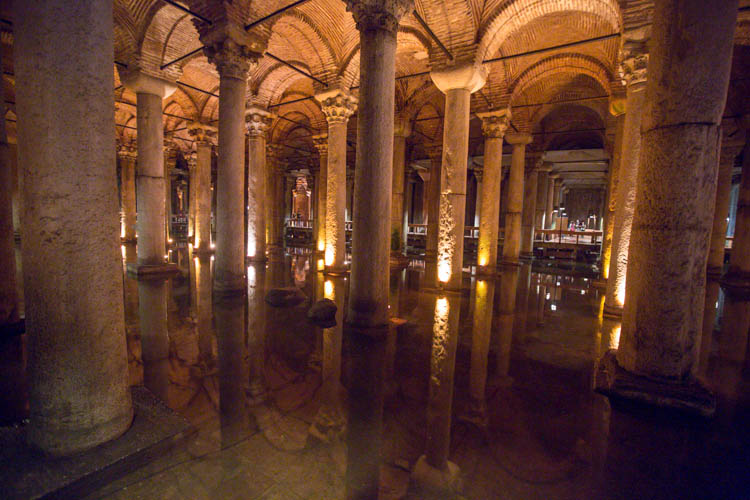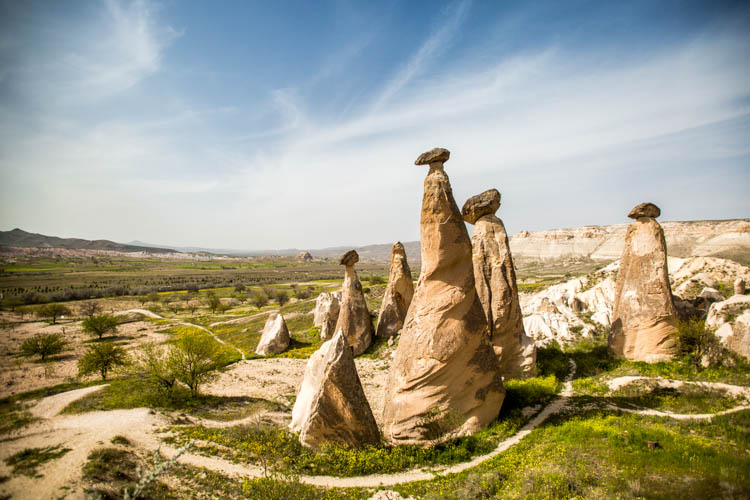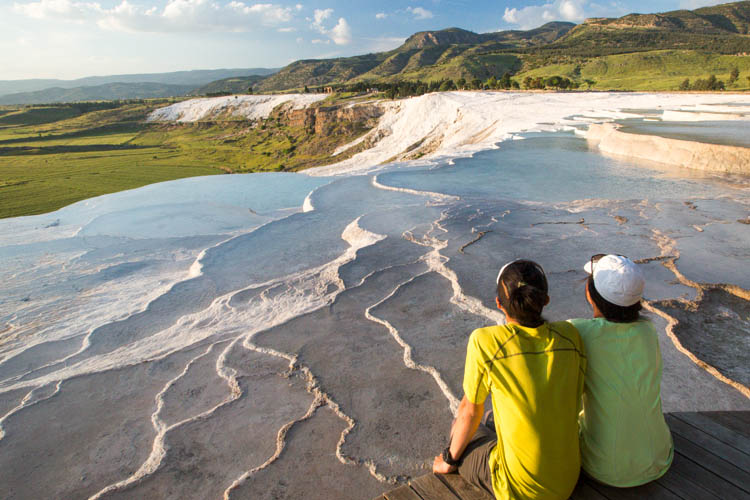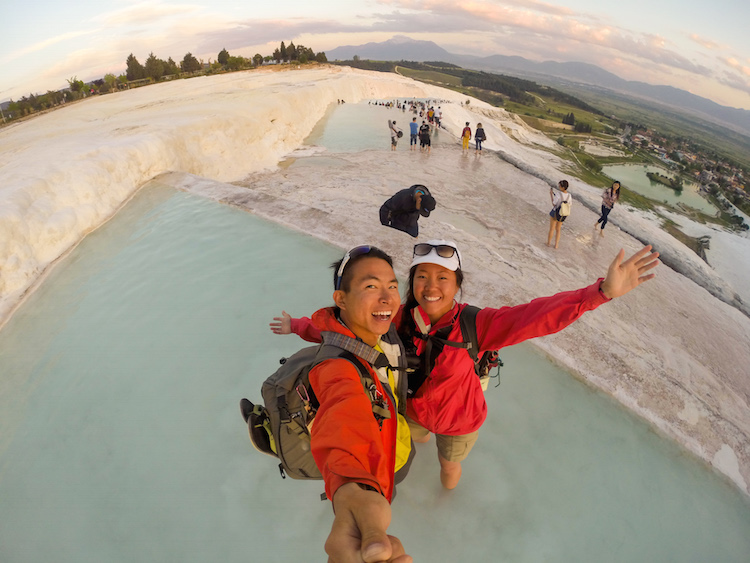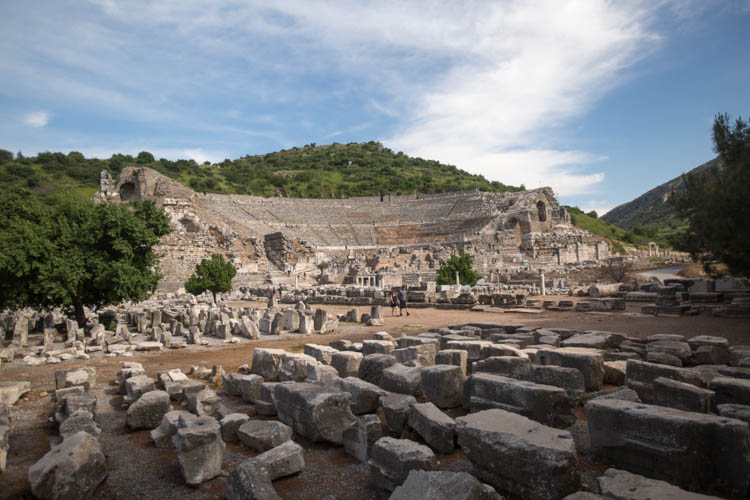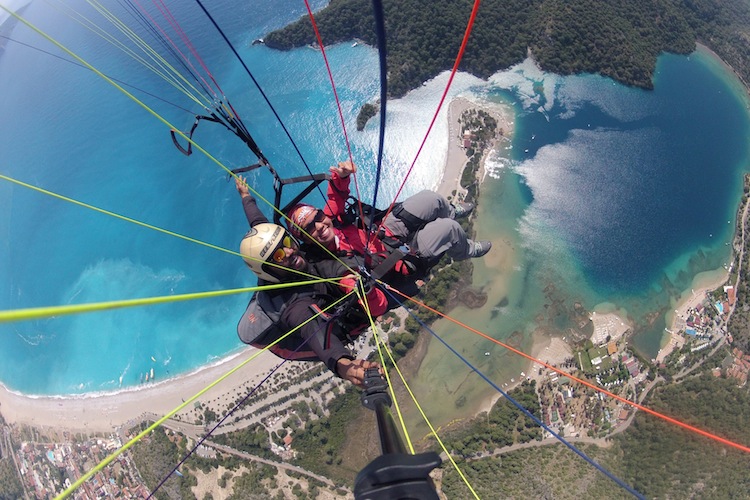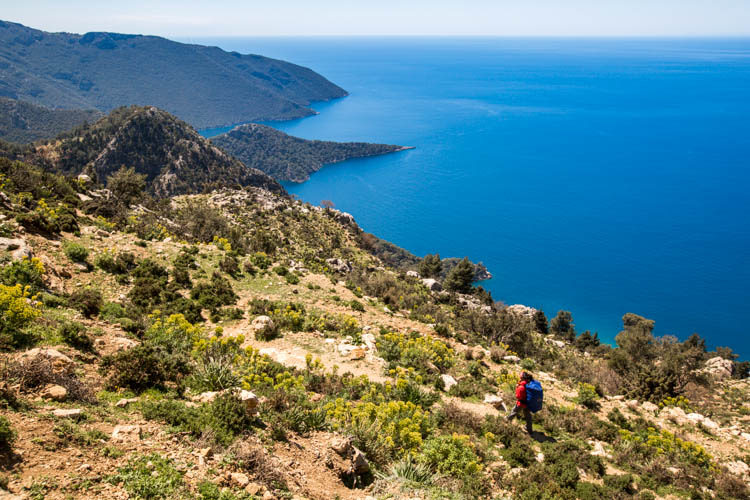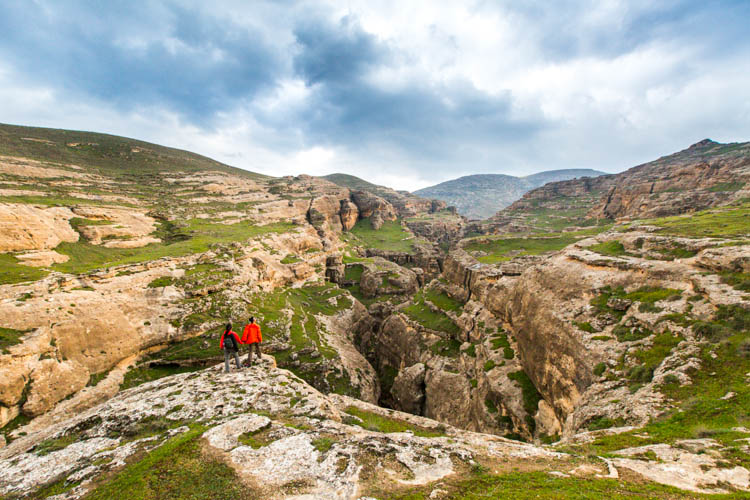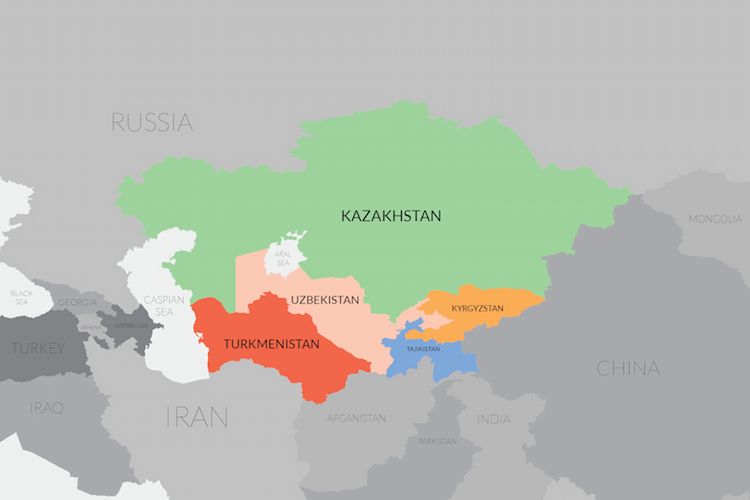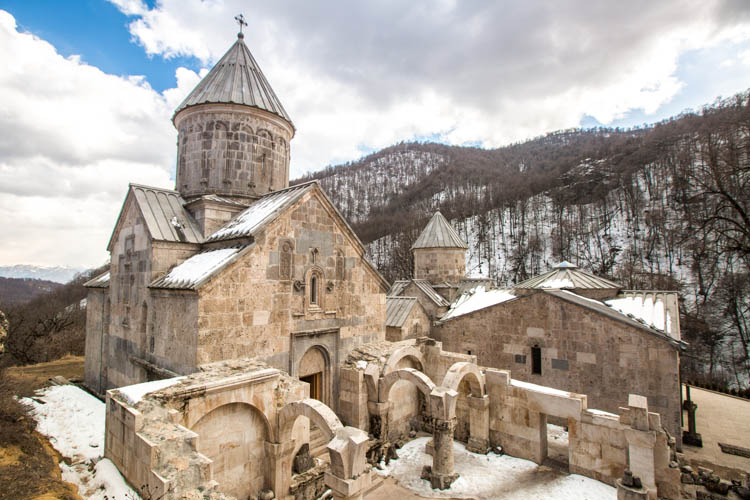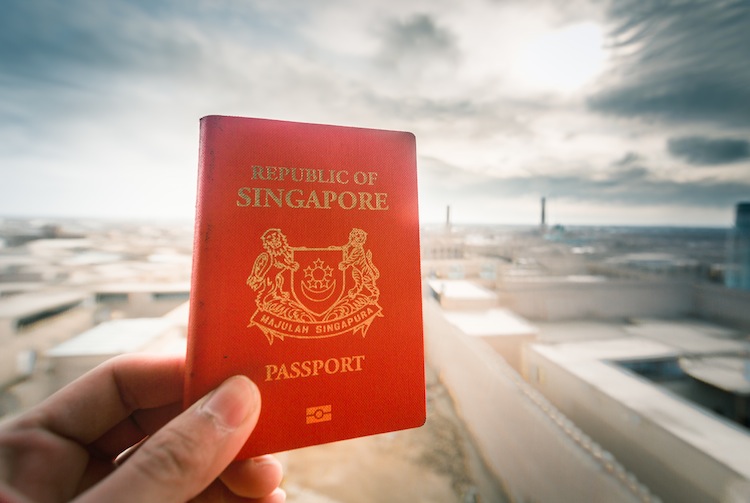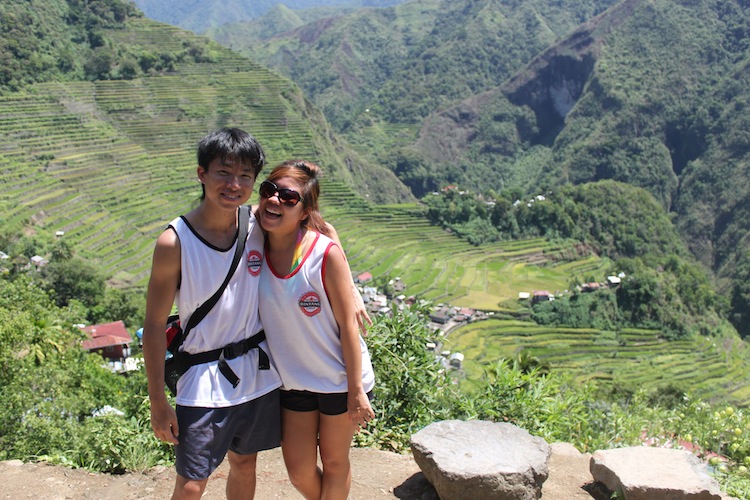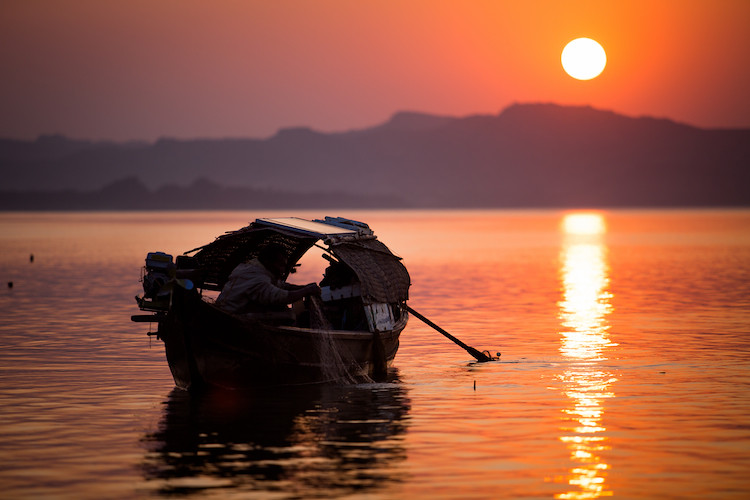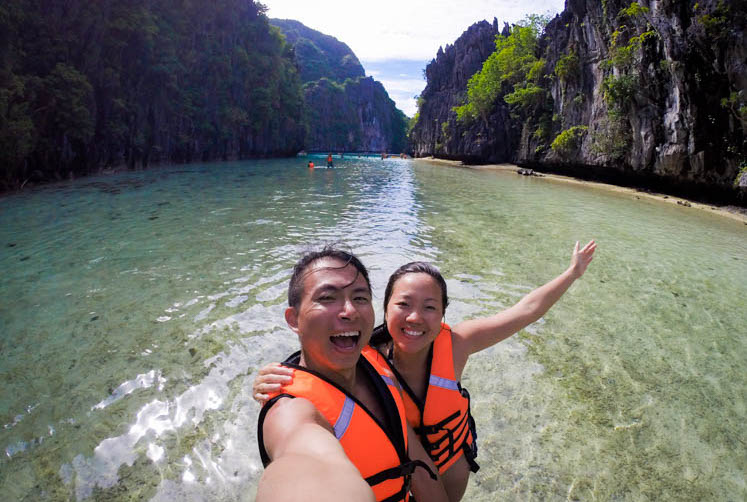
8 Exciting Things To Do In Palawan in 5 Days
Palawan has always been renowned for its stunning beauty and it is no surprise that it has been rated as the most beautiful island in the world by Conde Nast Traveller in 2016. So here’s our recommended list of things to do in Palawan in 5 days!
#1. Underground River in Puerto Princesa
This is definitely a must do if you’re travelling to Palawan. This attraction is also a World Heritage UNESCO site and it has one of the most impressive cave systems in the world. Its spectacular limestone karst formation is also highly commendable.
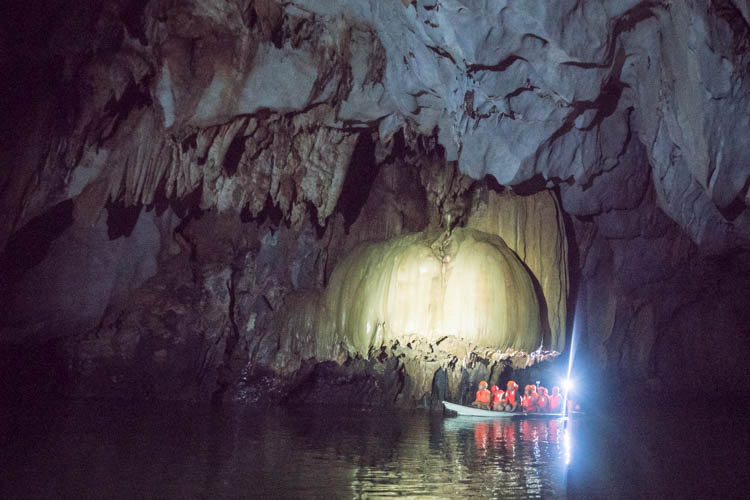
Inside the remarkable Puerto-Princesa Subterranean River National Park!
As part of their conservation efforts, it was compulsory for us to pay for the audio device for the tour. It was to reduce the noise in the caves that would affect the bats and other creatures living inside the cave. Thumbs up to the team for its eco tourism efforts! Read our post on how you can DIY for the underground river tour!

Went during the rainy season, turned out great nonetheless!
#2. Spelunking Adventure at Ugong Rock
If you’re already at Puerto Princesa for the Underground River tour, you can also make your trip even more worthwhile by going for a caving adventure at Ugong Rock! Don’t expect much though, the Ugong Rock adventure is kinda easy and can be completed within 1 hour. But still, it was quite fun! 🙂 Click here for our guide on how to get to Ugong Rock on your own!
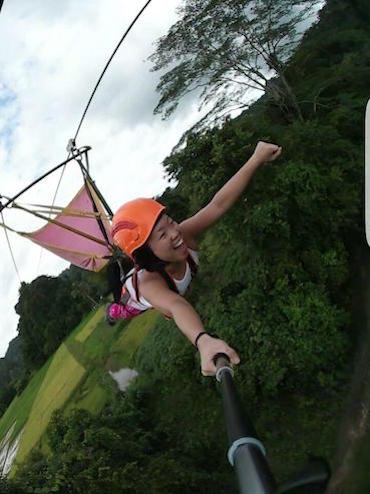
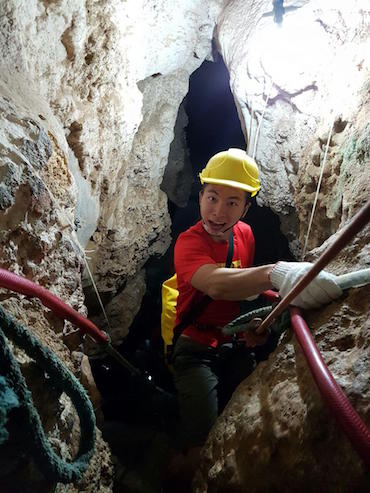
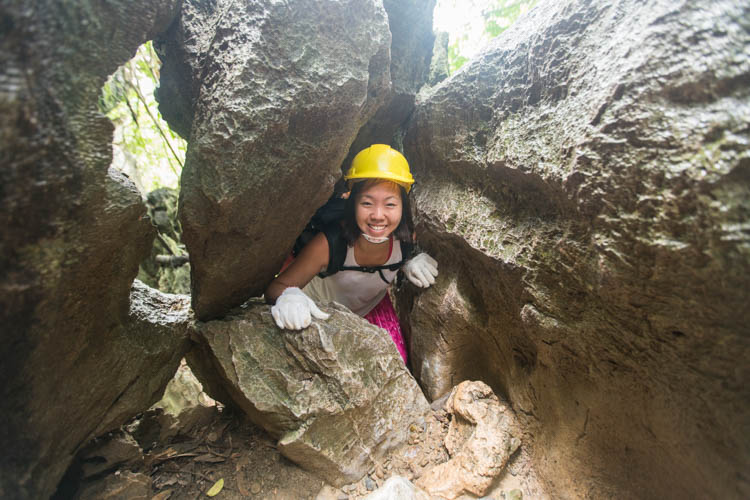
#3. Diving in El Nido
Diving in El Nido is great if you love macro marine life! We spotted nudi branches, lion fishes (plenty of them, be careful not to go too near!), trumpet fishes, barracudas, ghost fish, cuttlefish, trigger fish, sting rays, electric clam, eels, and many more! We dived with Deep Blue Dive Seafari (recommended!) and enjoyed 2 days of awesome diving with them! Check out our detailed post what it’s like to dive in El Nido during the monsoon season!
#4. Cliff Climbing at Taraw Cliff in El Nido
Sadly we didn’t get to experience this activity on our own though as the weather wasn’t on our side. We were there in El Nido during the rainy season and it was too dangerous to attempt this cliff climb. Apparently the local tour agency told us that you need 3 consecutive sunny days before you can go on this tour! Well, it rained every day when we were there….But still, you should give it a try if you’re there during the dry season! The view from the peak seems spectacular!
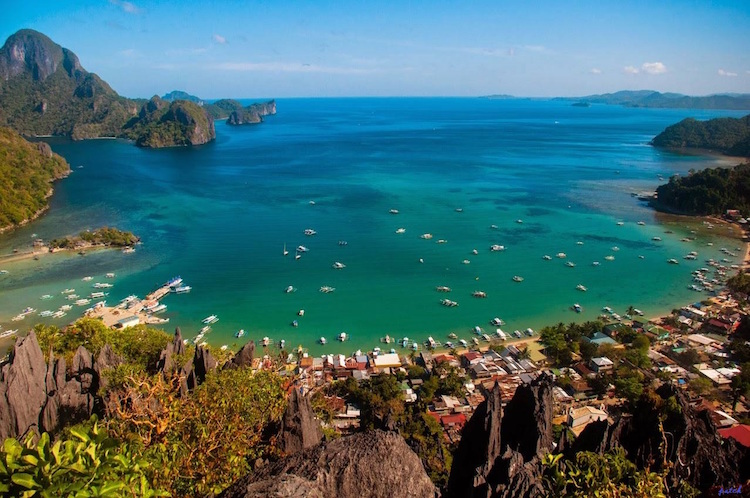
Photo credits: disislanz.files.wordpress.com
#5. Island Hopping at El Nido
There are 4 main tours (A,B,C,D) in El Nido that all agencies organise. Most popular would be Tour A where you get to see 3 different beaches as well as 2 lagoons. After going for the tour, we can understand why it was the most popular tour. The lagoons really lived up to their hype and they were so pretty!
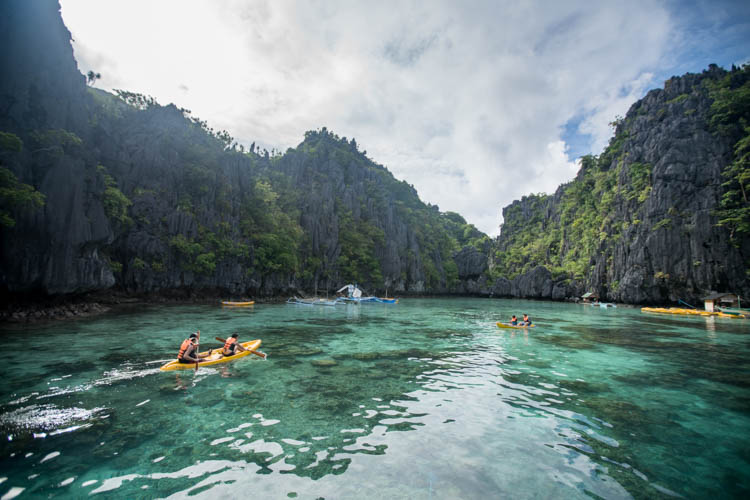
At the big lagoon of El Nido
Usually lunch will be provided and cooked on board the boat and it was really delicious! Also you will get to snorkel when the boat stops at the beach or lagoon. Snorkelling gear will usually be provided by the agency. There are plenty of agencies providing this tour, just go up to any and sign up for it. Cost is around 1,200PHP for Tour A.

#6. Explore the Hidden Gem, Nacpan Beach
If you have a spare day, try to include Nacpan Beach in your itinerary! We found out about this hidden gem after talking to one of the locals and apparently the locals loved this beach! It’s about 45 minutes away from El Nido city by motorbike.
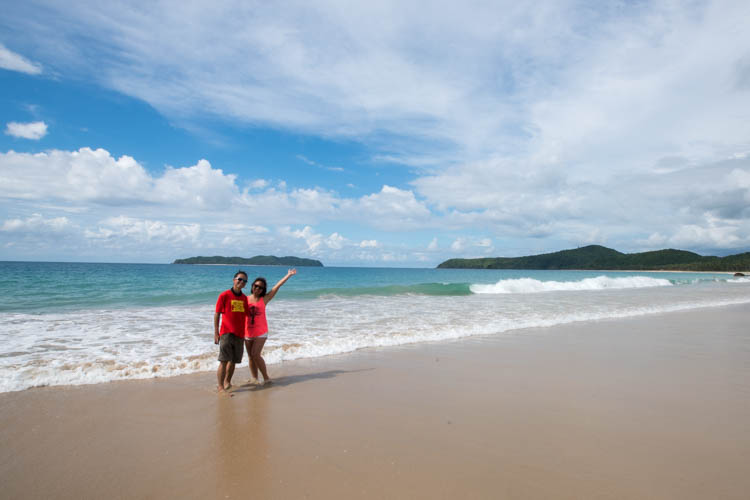
Pristine quiet beach with almost no tourist!
How to get to Nacpan Beach: You can either take a trike or rent a motorbike. It’s north of the main El Nido city and it’s just a straight route till you see the sign that leads to Nacpan beach.
Tip: Avoid going on your own by motorbike during rainy season. The route leading to the beach is mud ground and when it’s wet, you can imagine the challenge of biking through it. Well, we lived to tell the tale though, so we still recommend it for those with a penchant for exciting adventures! 😀
#7. Hike up the Twin Peaks at Nacpan Beach
If you’ve decided to include Nacpan Beach in your to do list, don’t forget to hike up the twin peaks near Nacpan Beach. When facing the sea, the Twin Peaks will be on your far left. Just walk towards it and walk up the trail. The view from the top is breathtaking! The hike is a relatively short 15 minute hike albeit it being quite steep when nearing the top. We were just wearing slippers and it was pretty manageable actually.
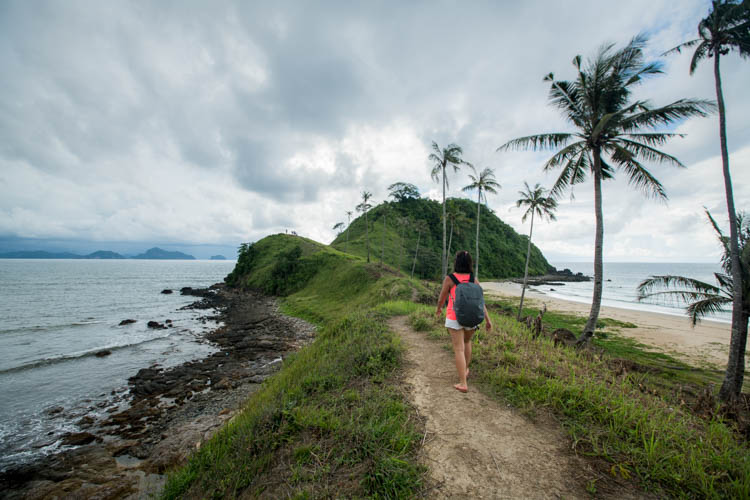
Hiking up the Twin Peaks at Nacpan Beach
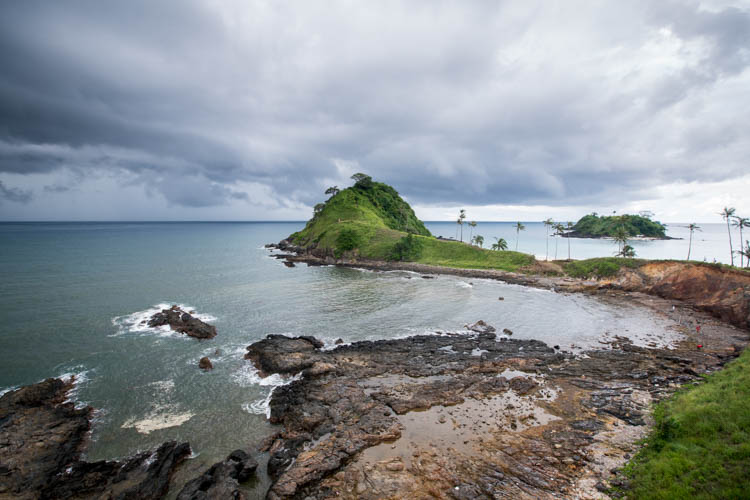
#8. Explore the island on a motorbike
If you have another spare day or afternoon, consider renting a motorbike to explore the other parts of the island! You can get to waterfalls, Nacpan Beach, or simply just enjoy the picturesque views along the way.
Cost of renting a motorbike: 300PHP for a whole day
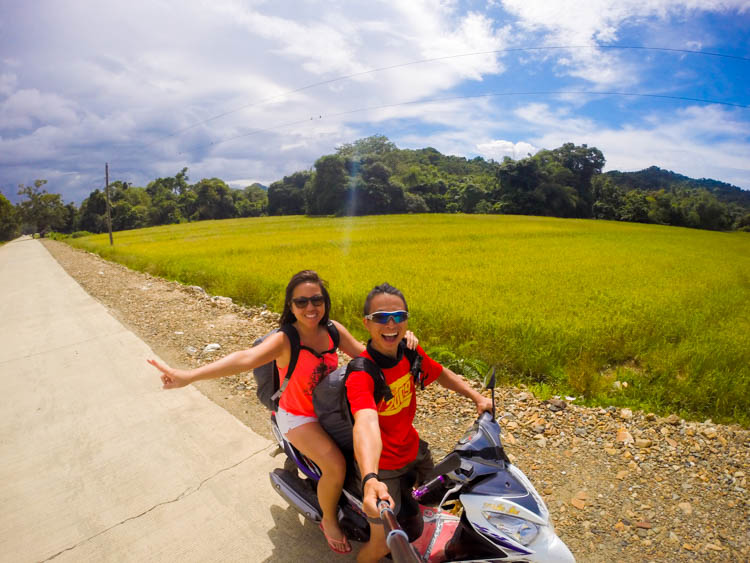
Exploring El Nido on a bike!




